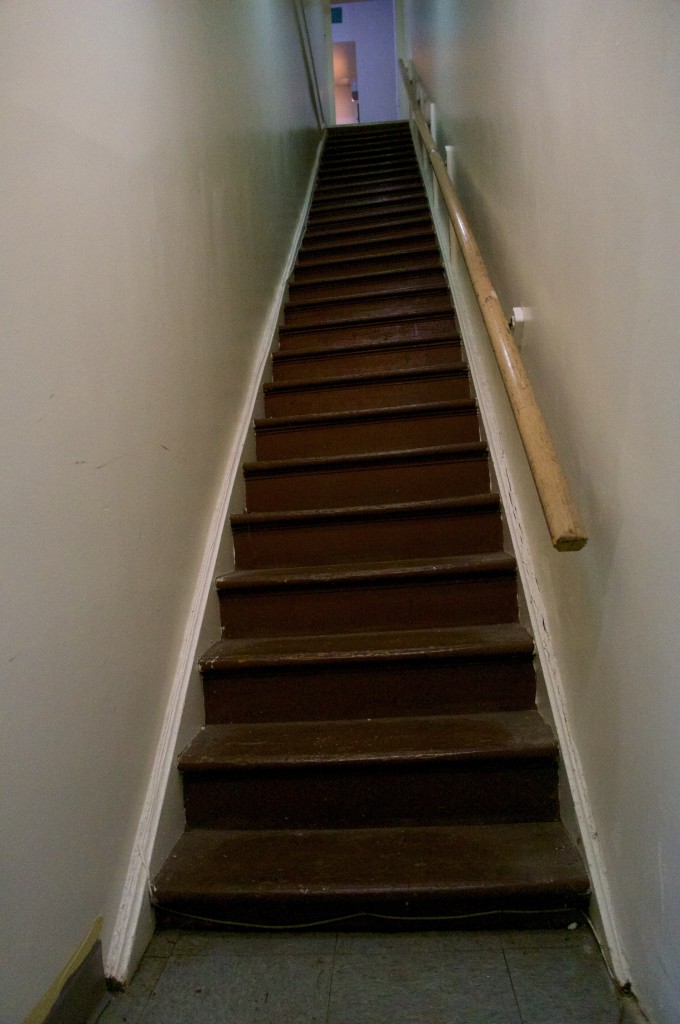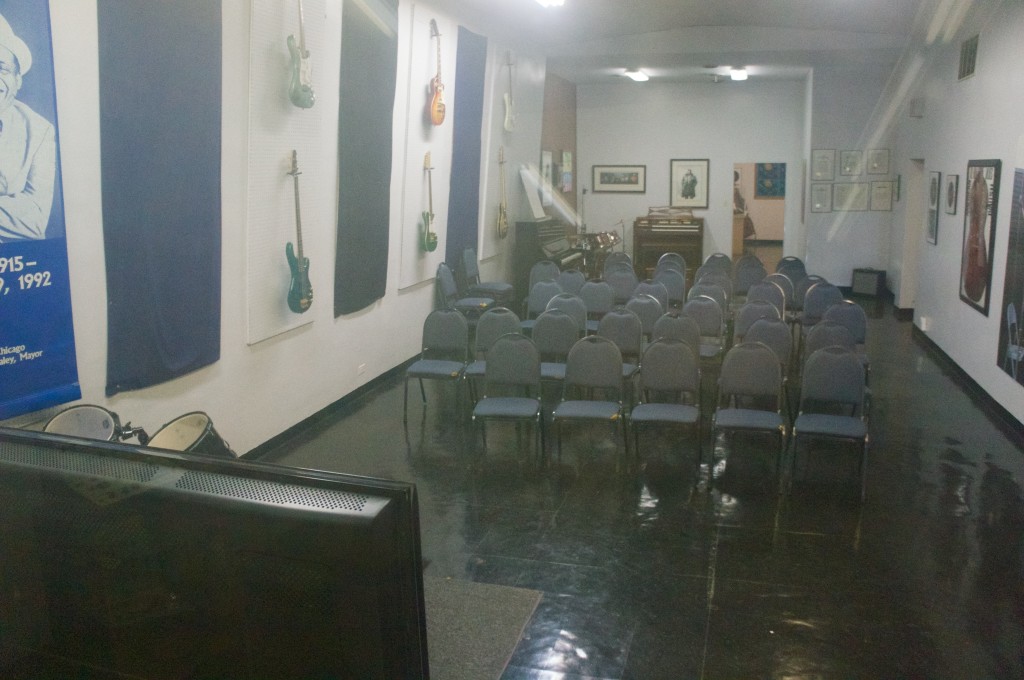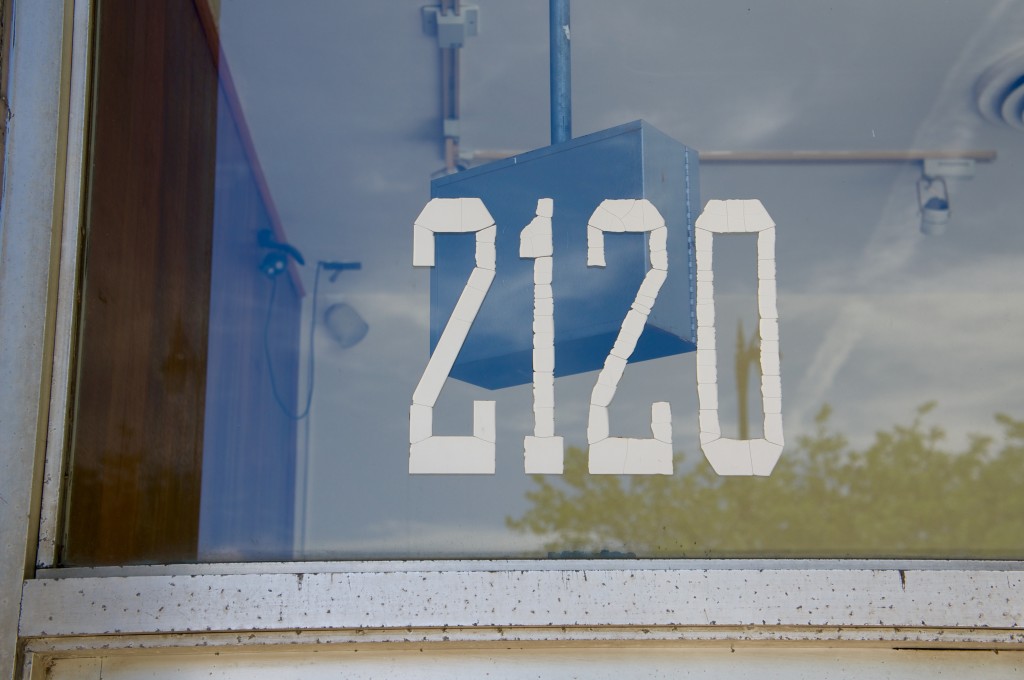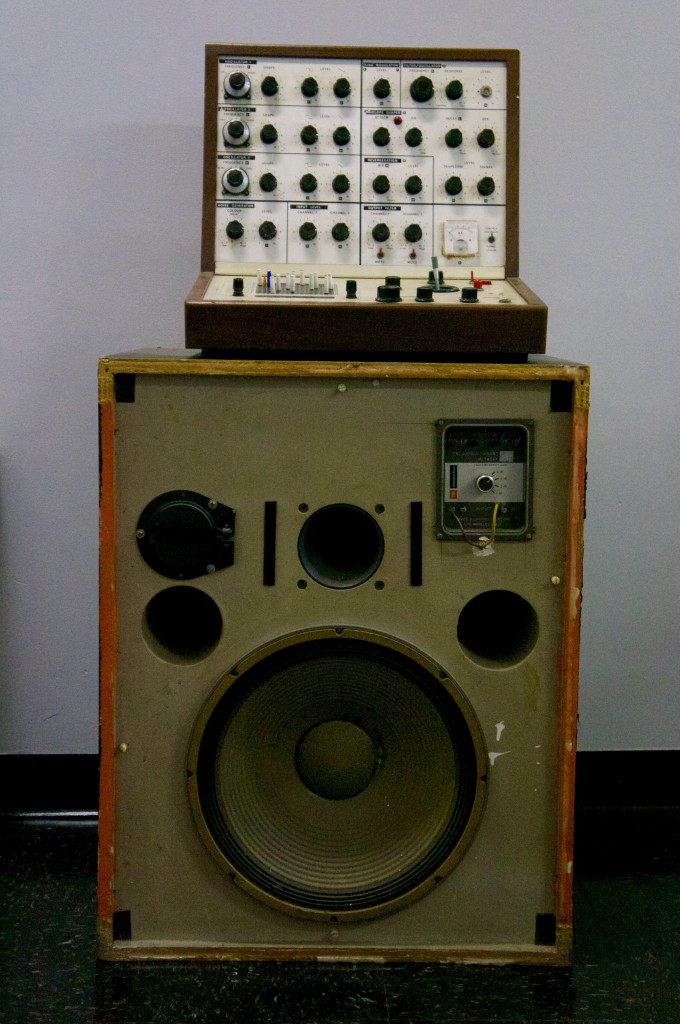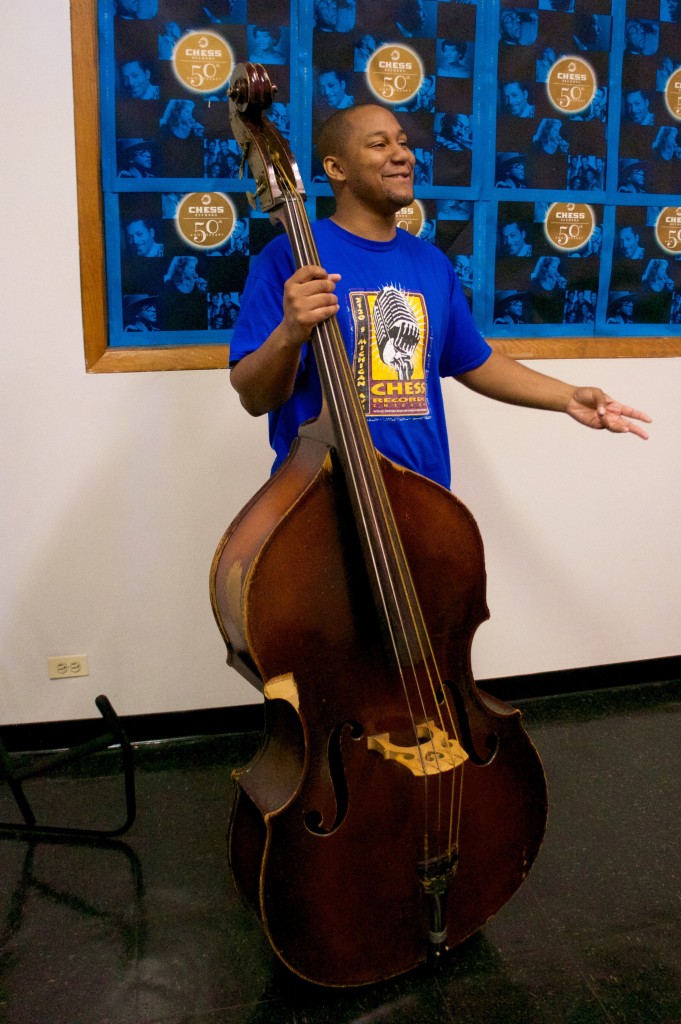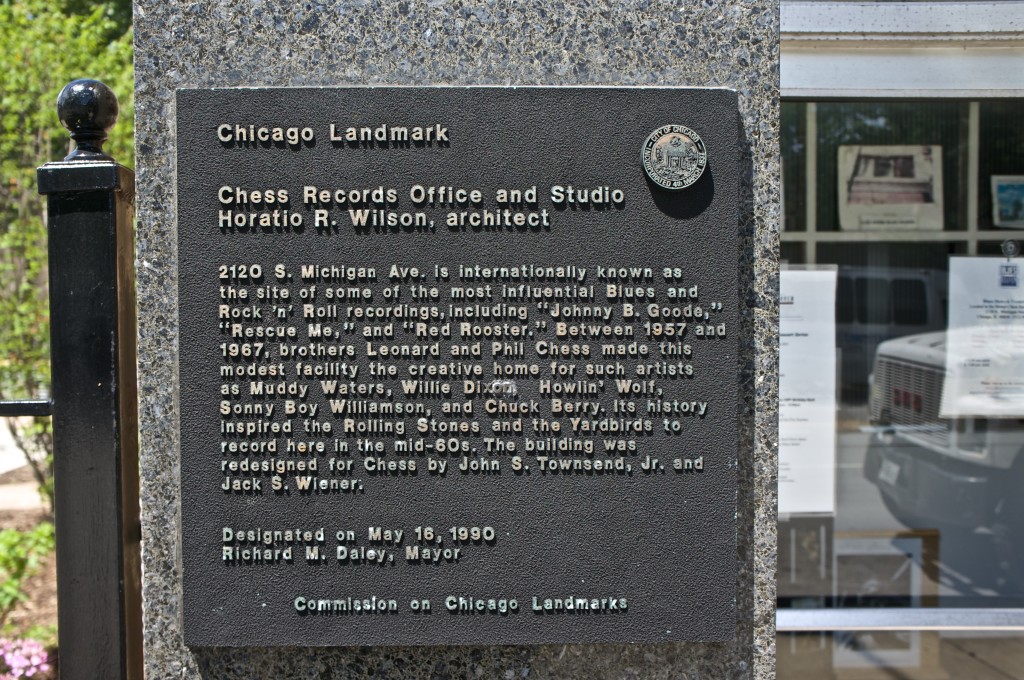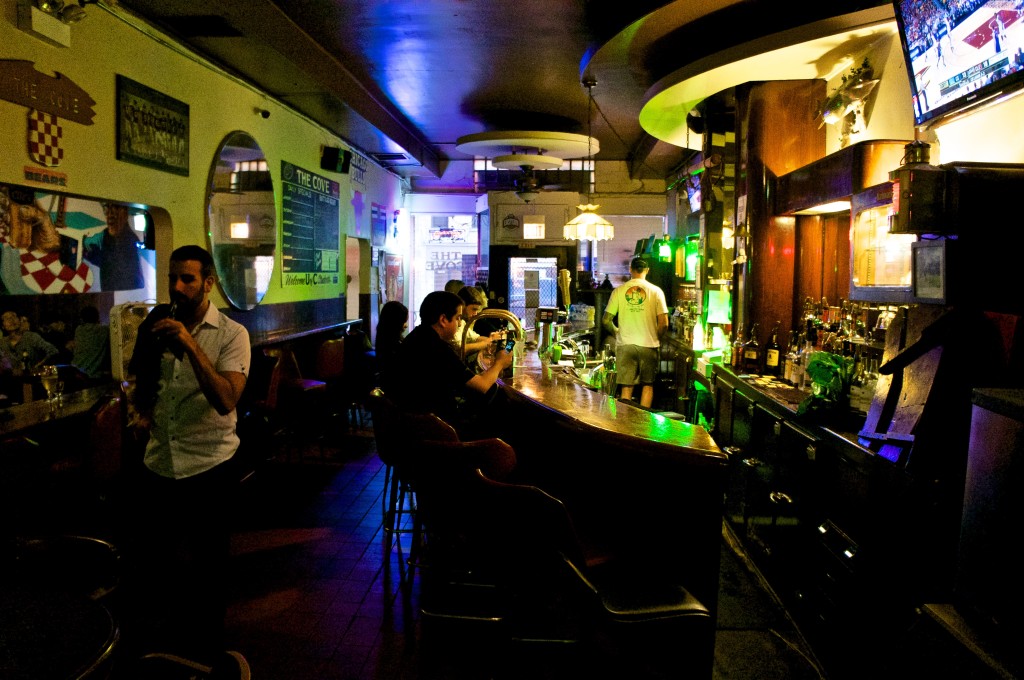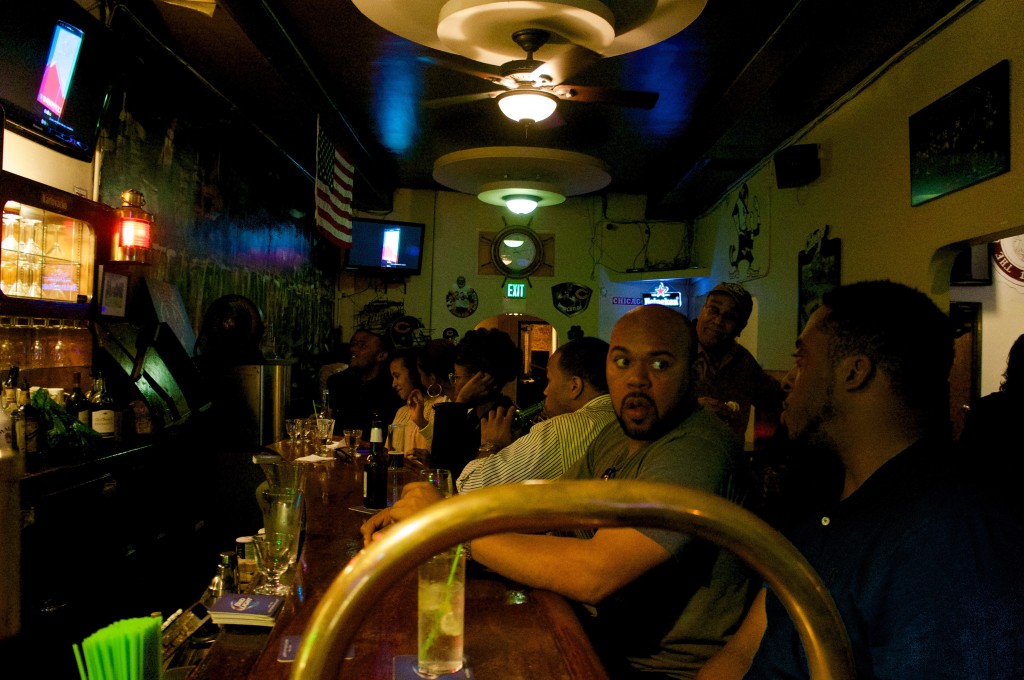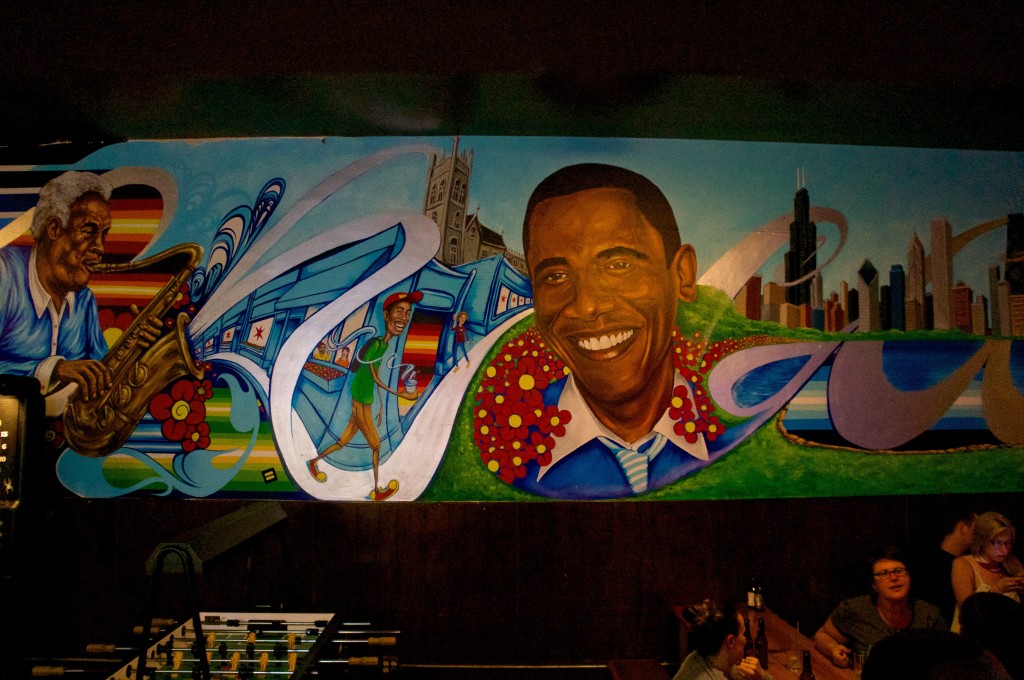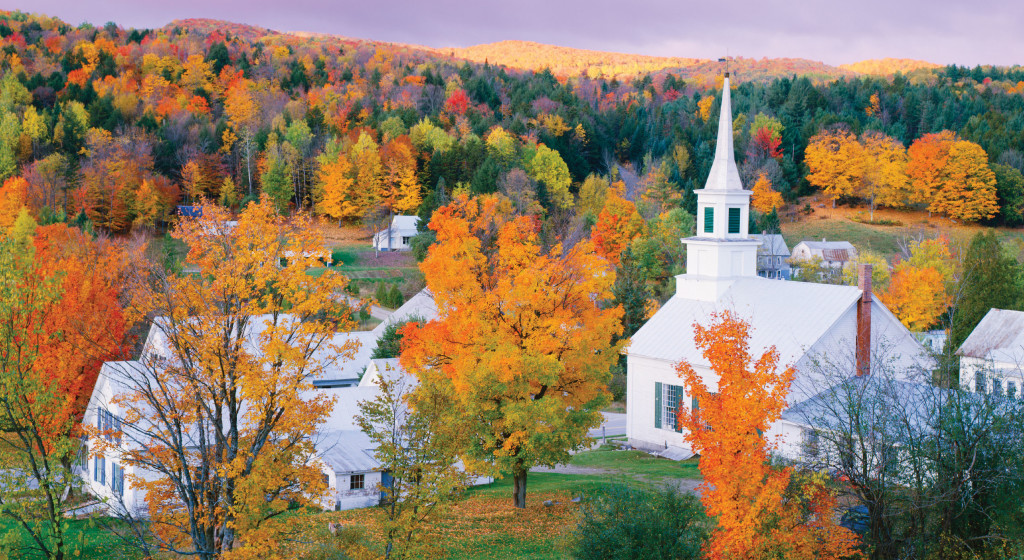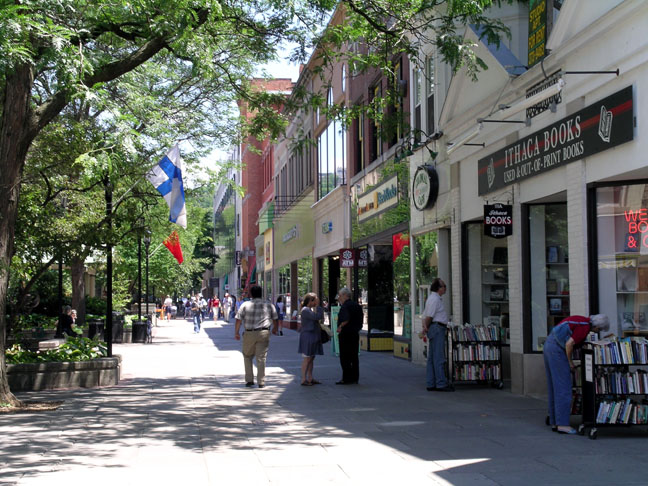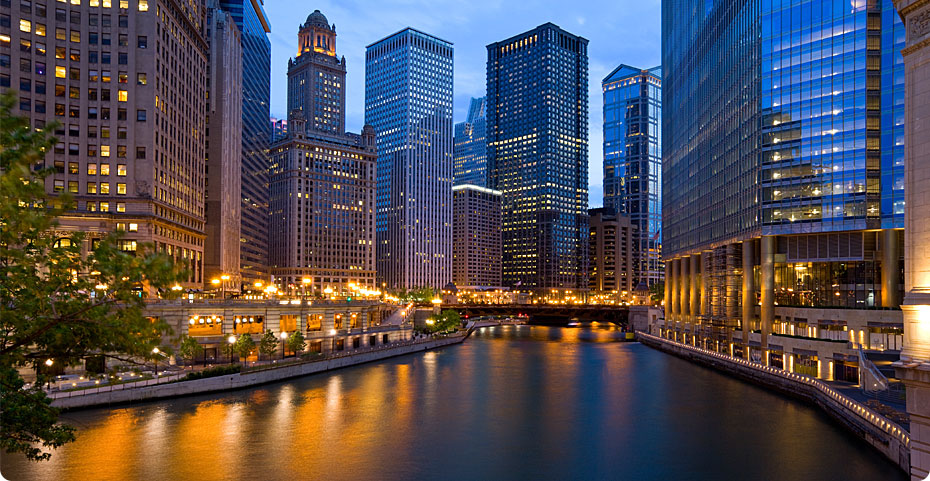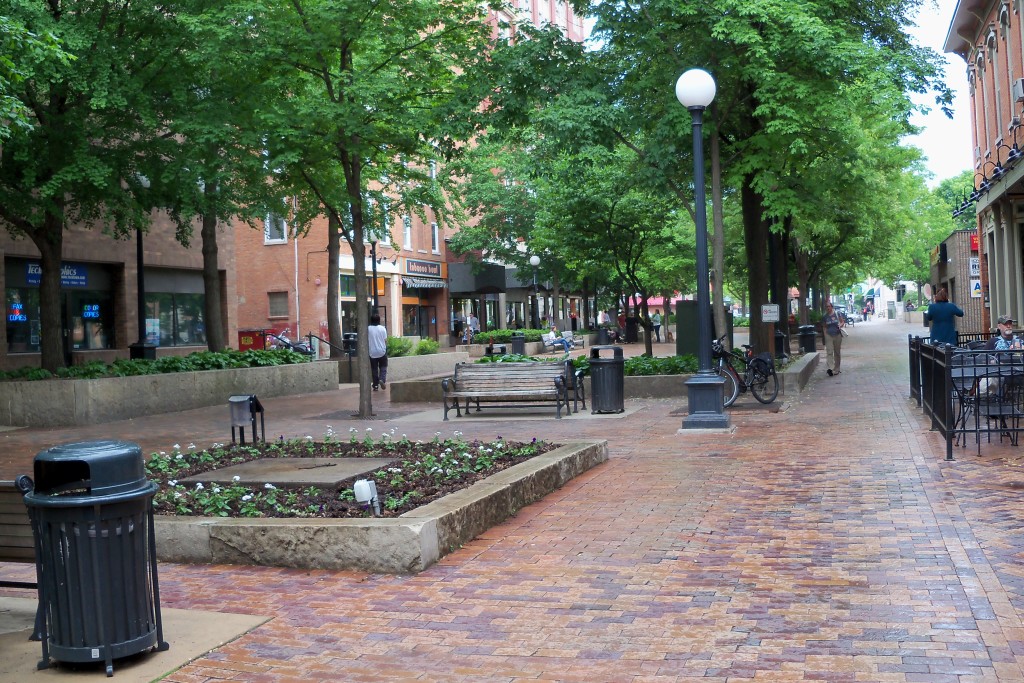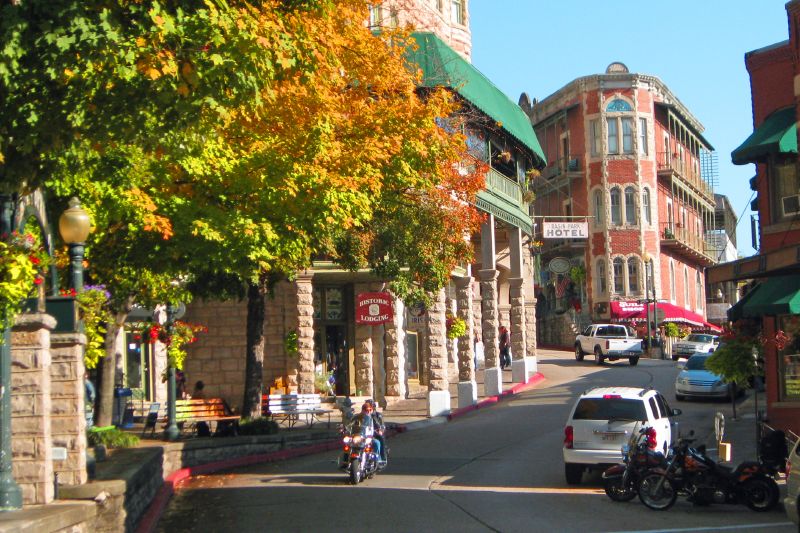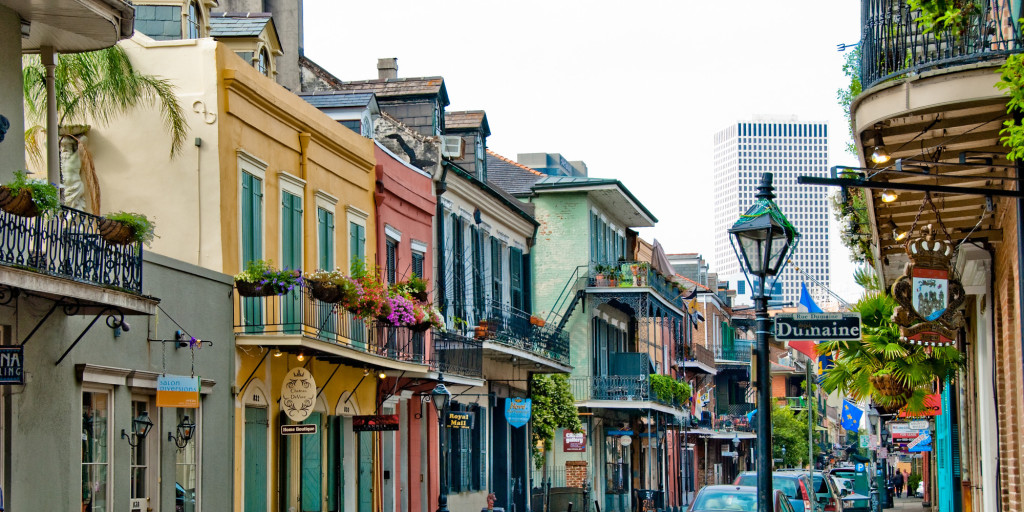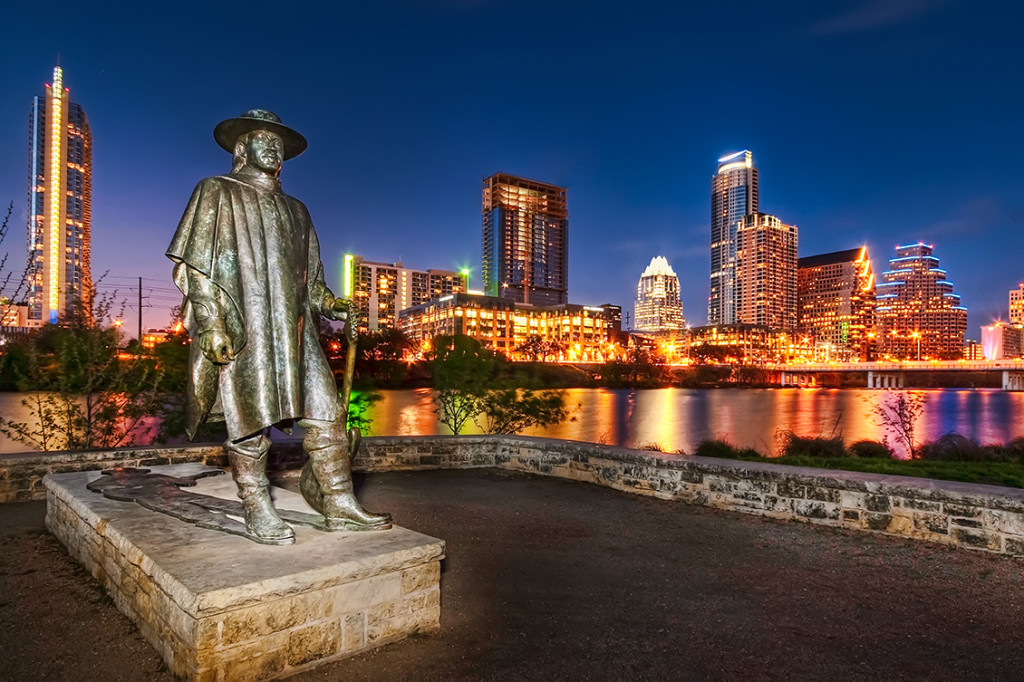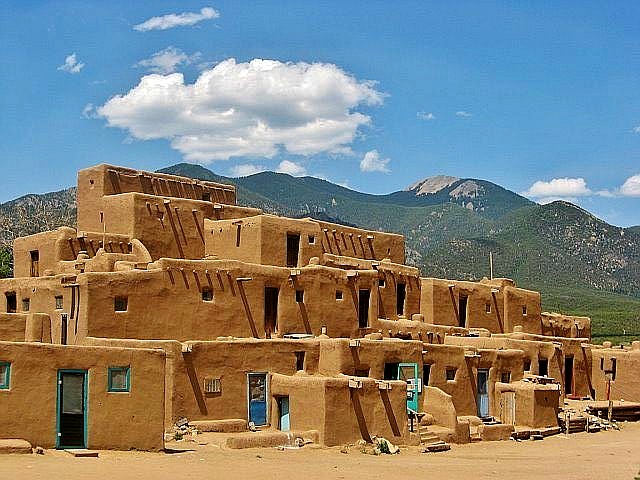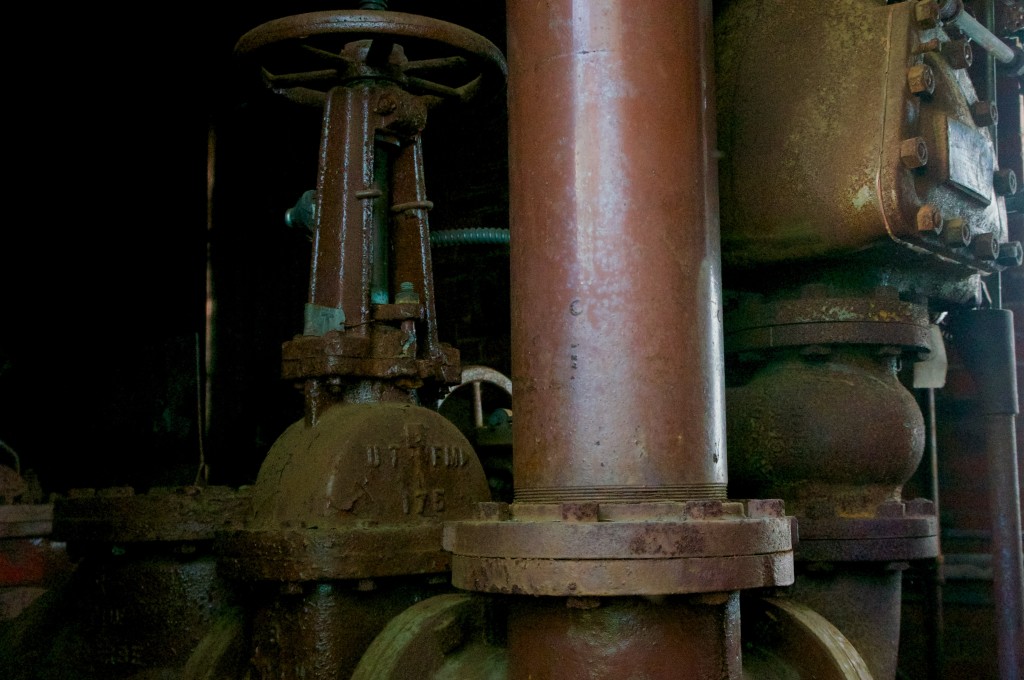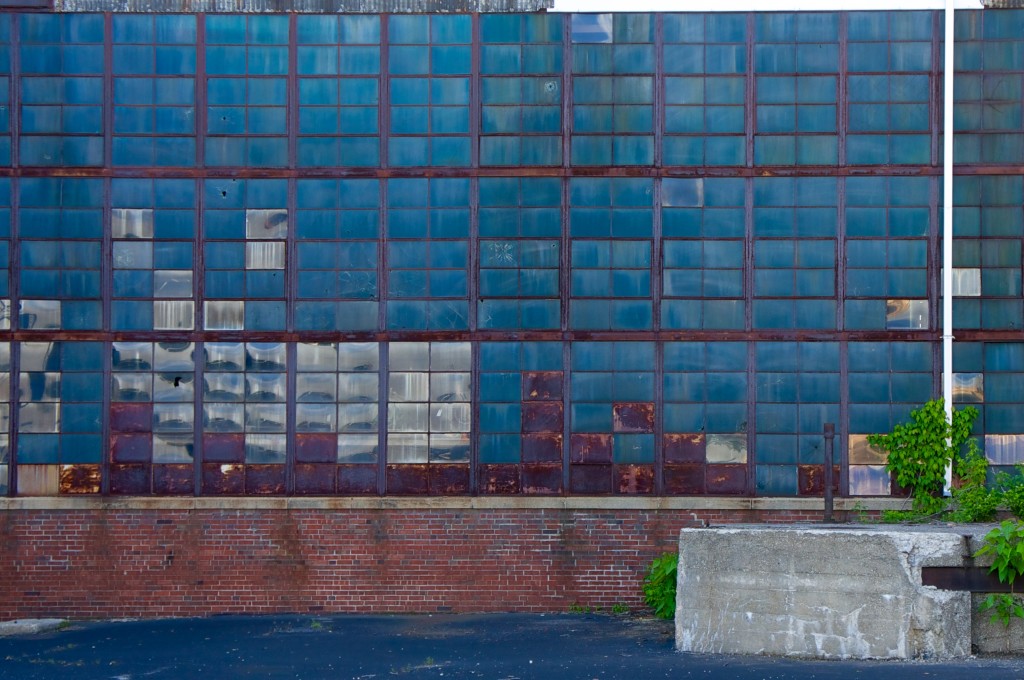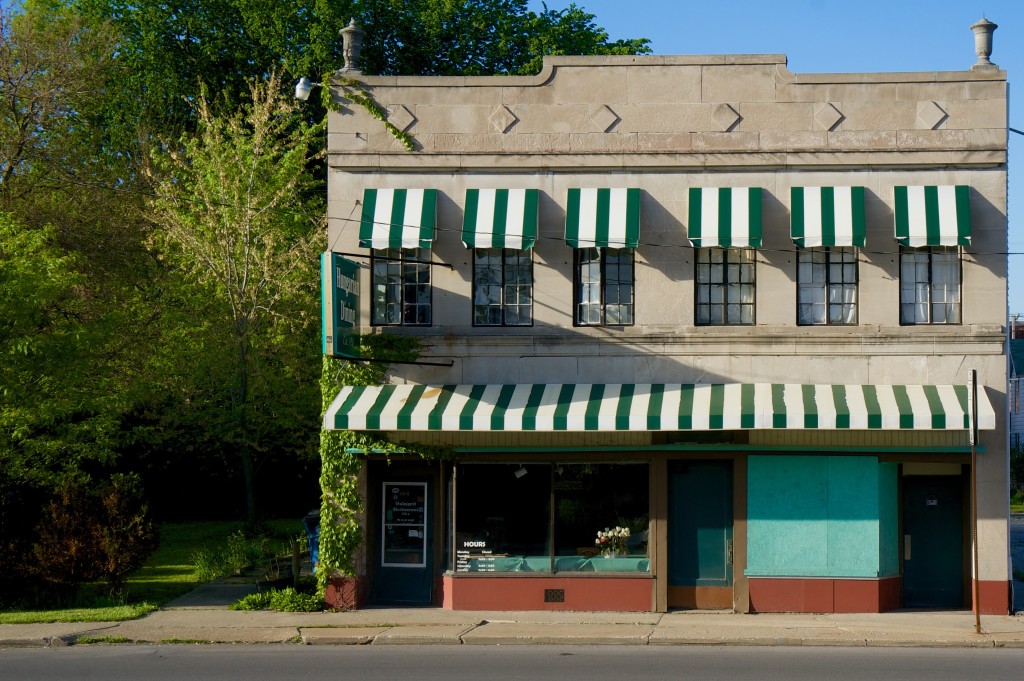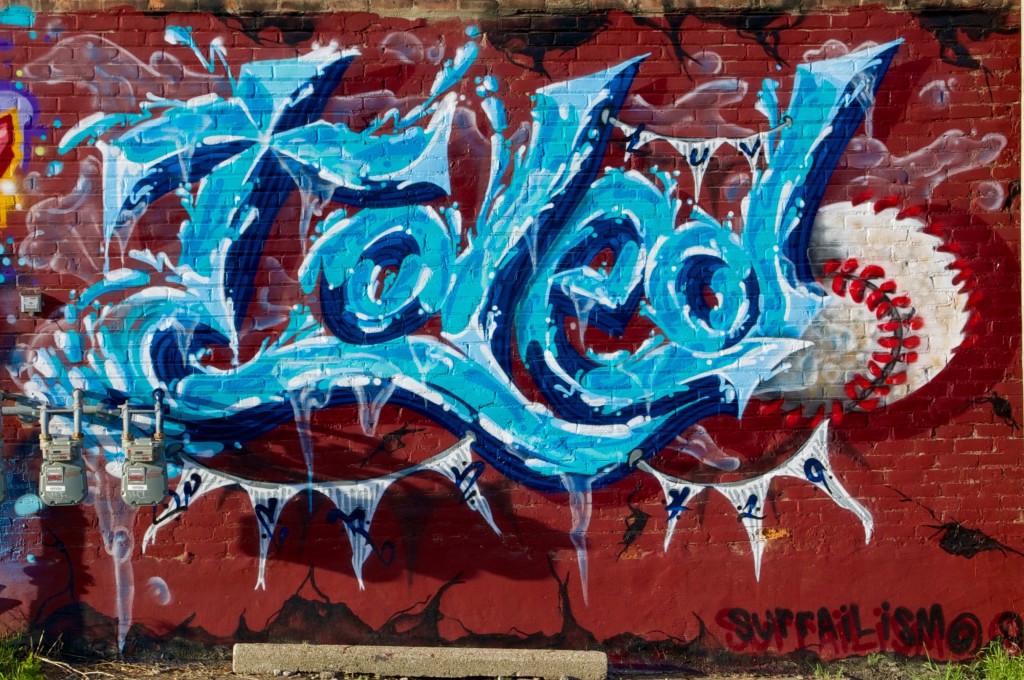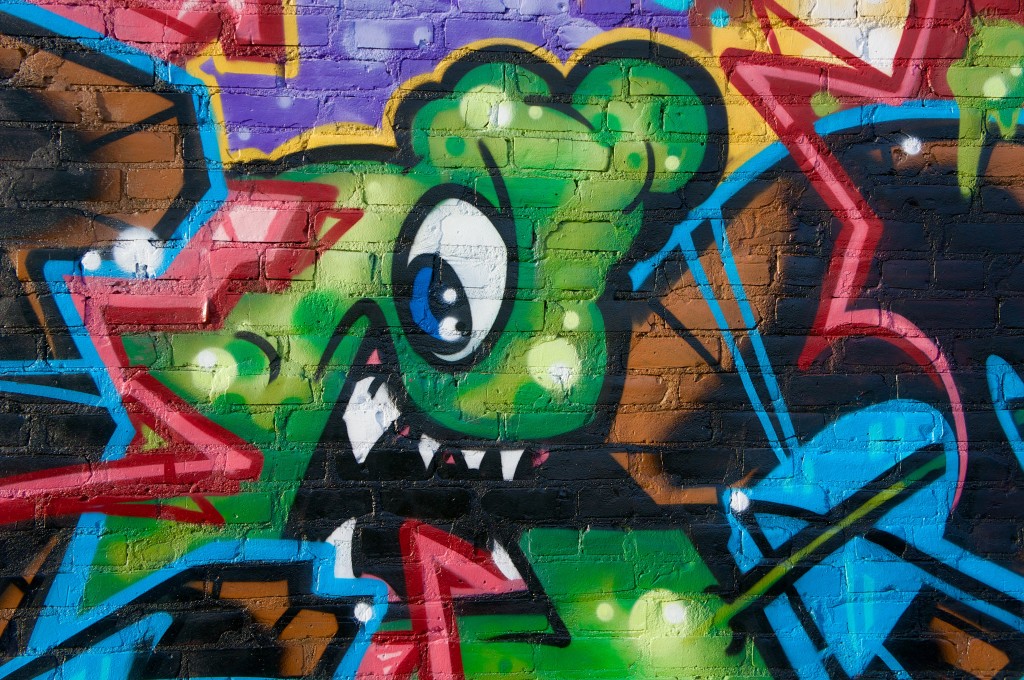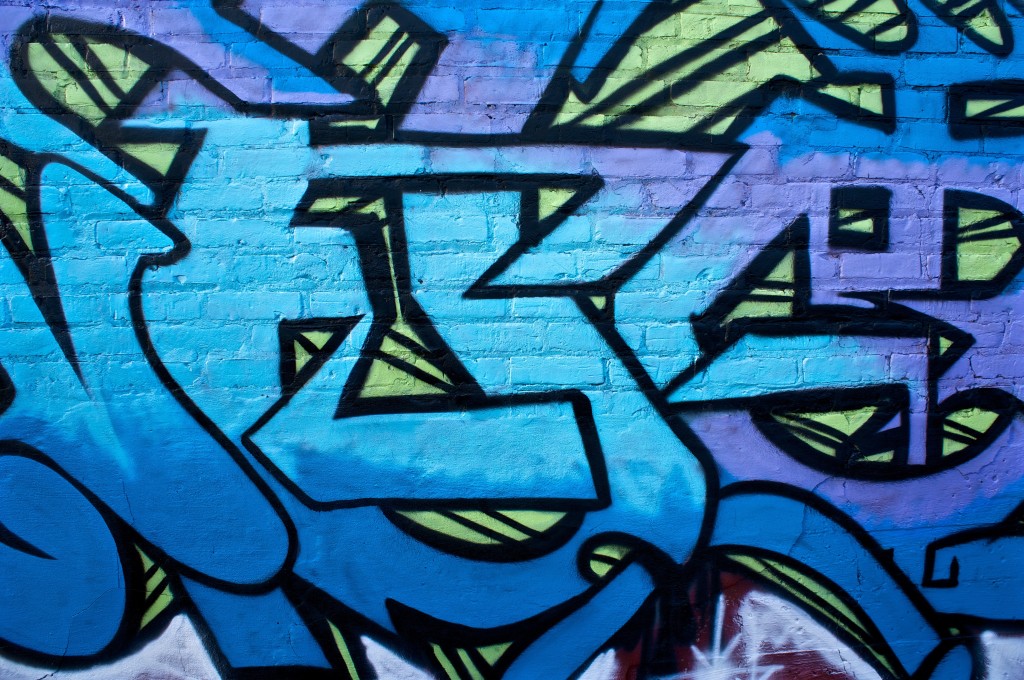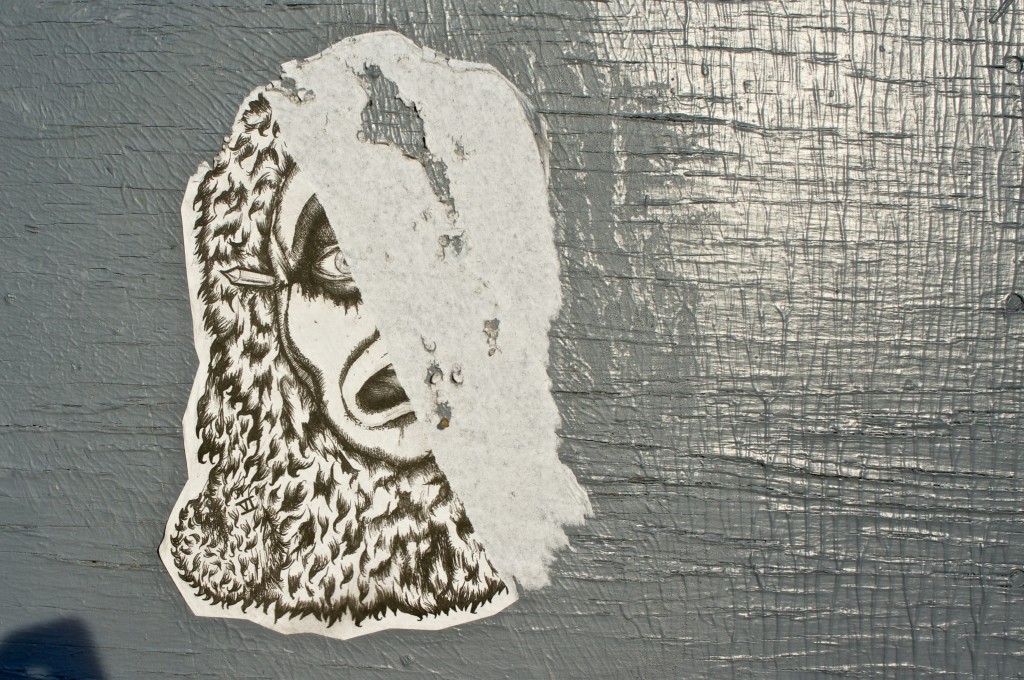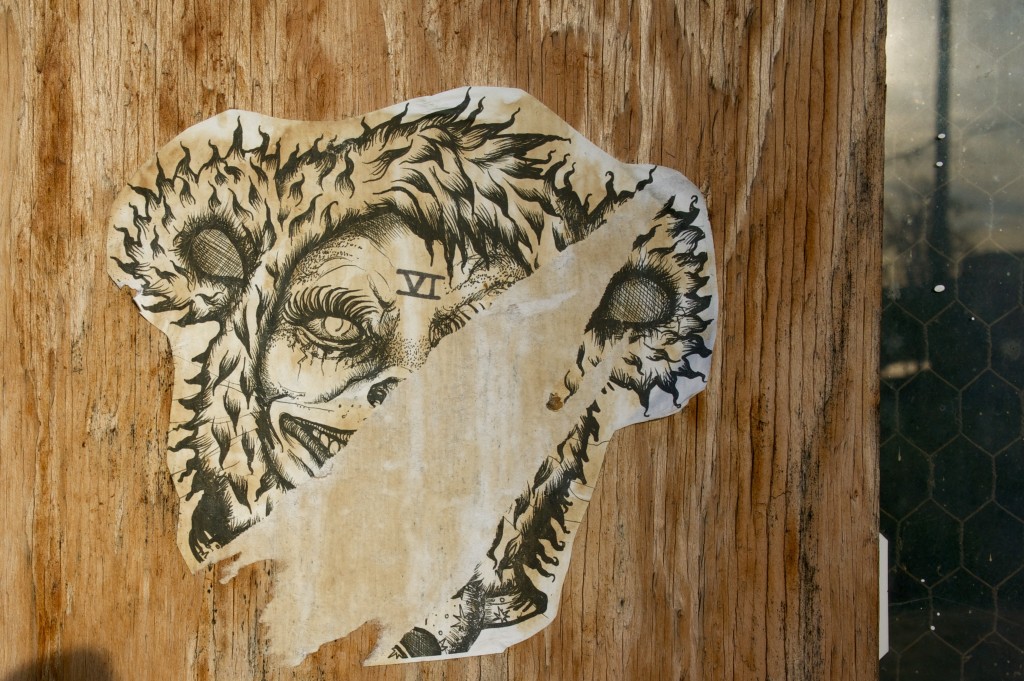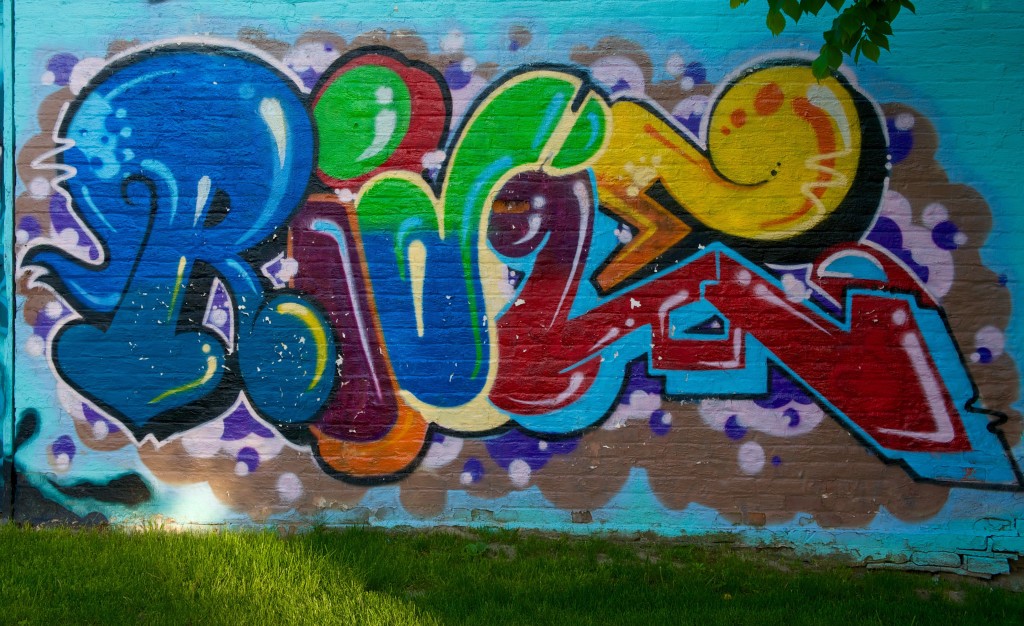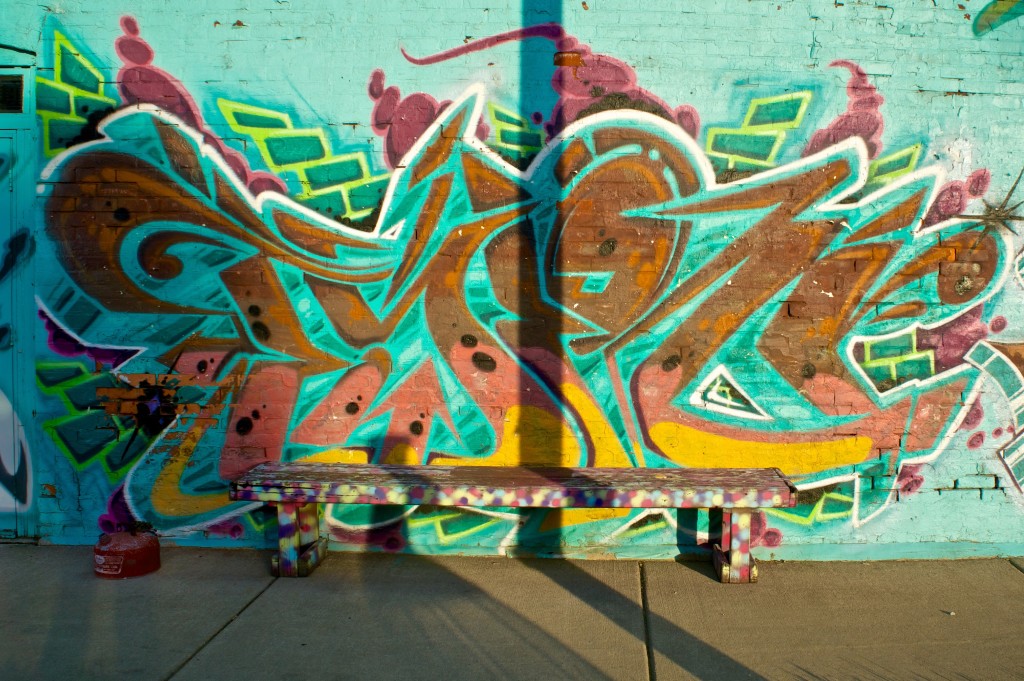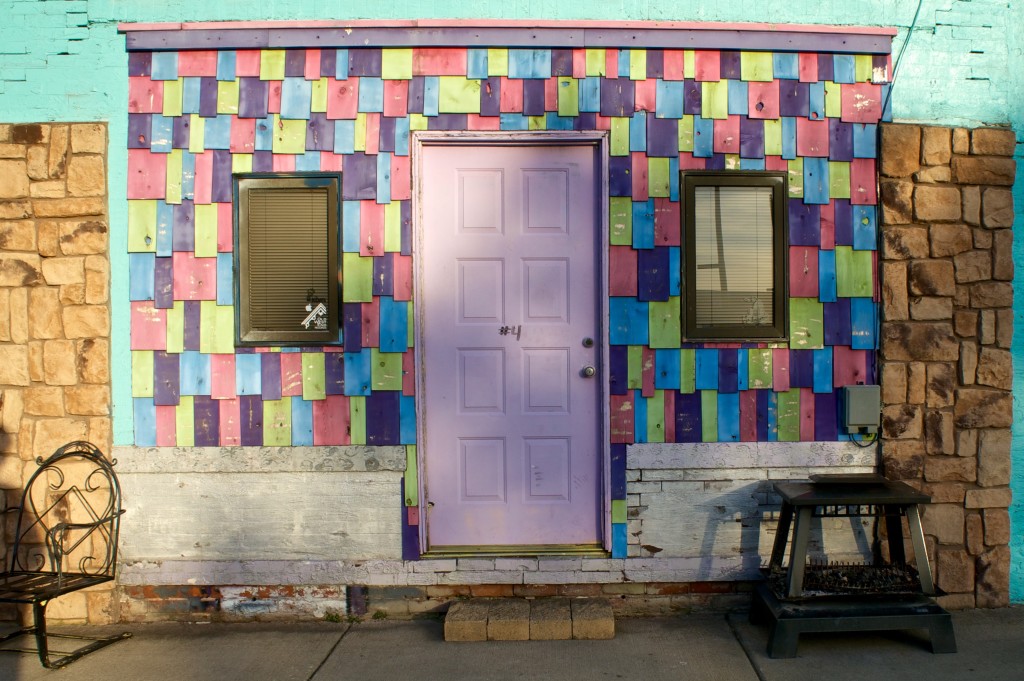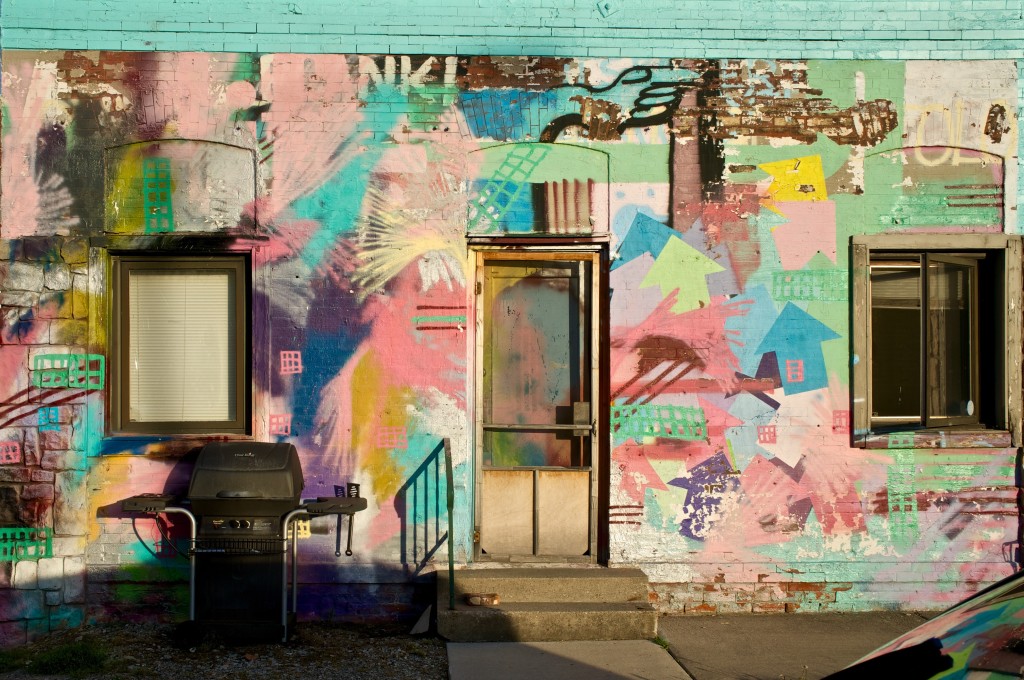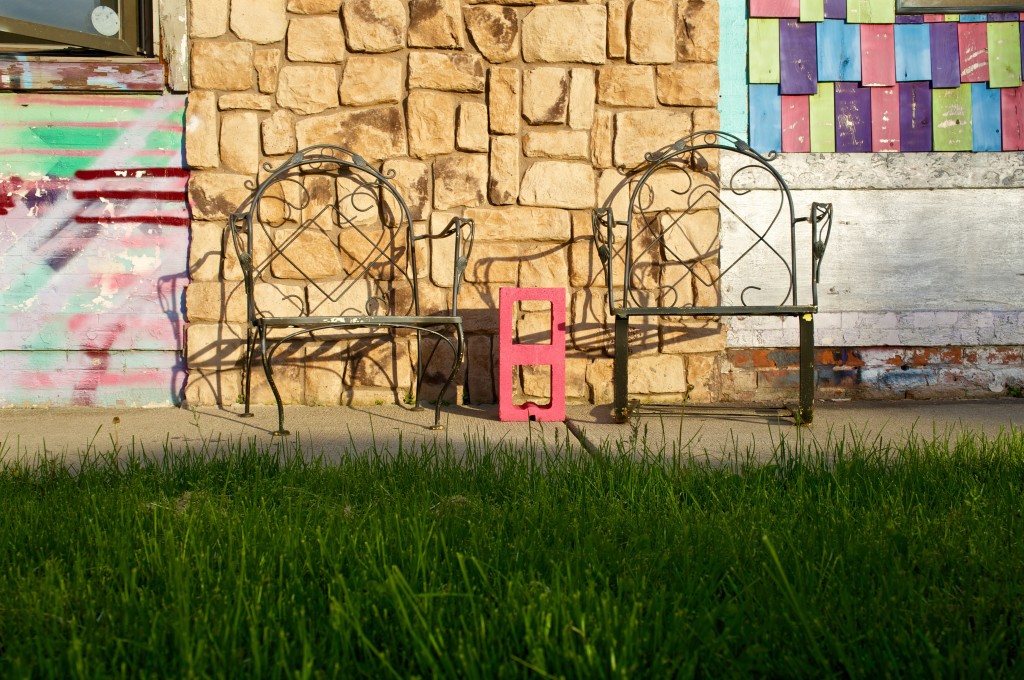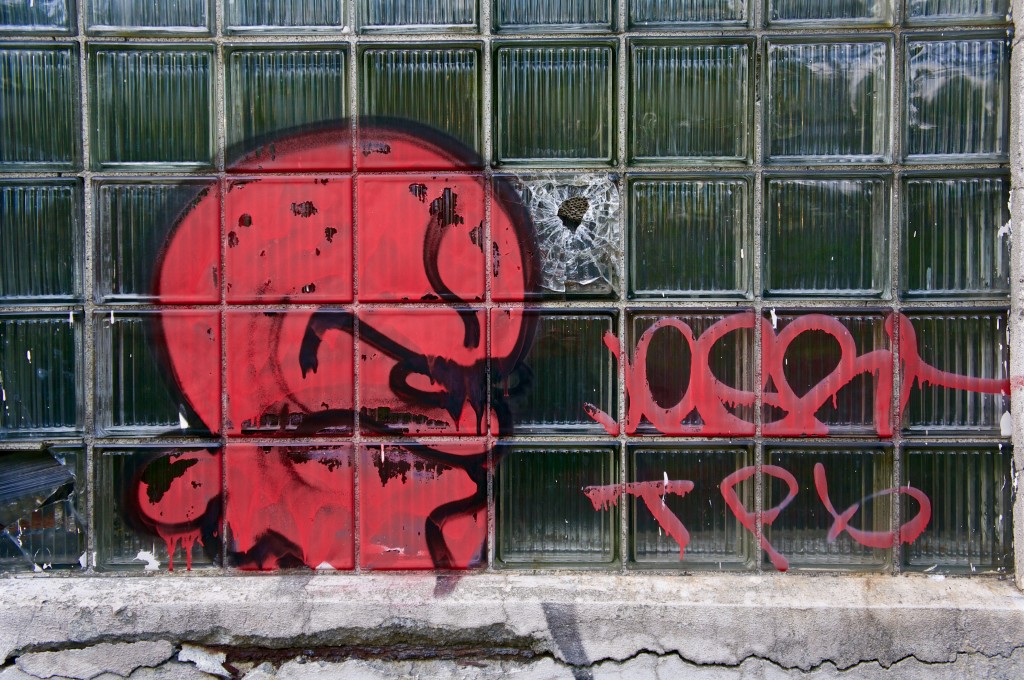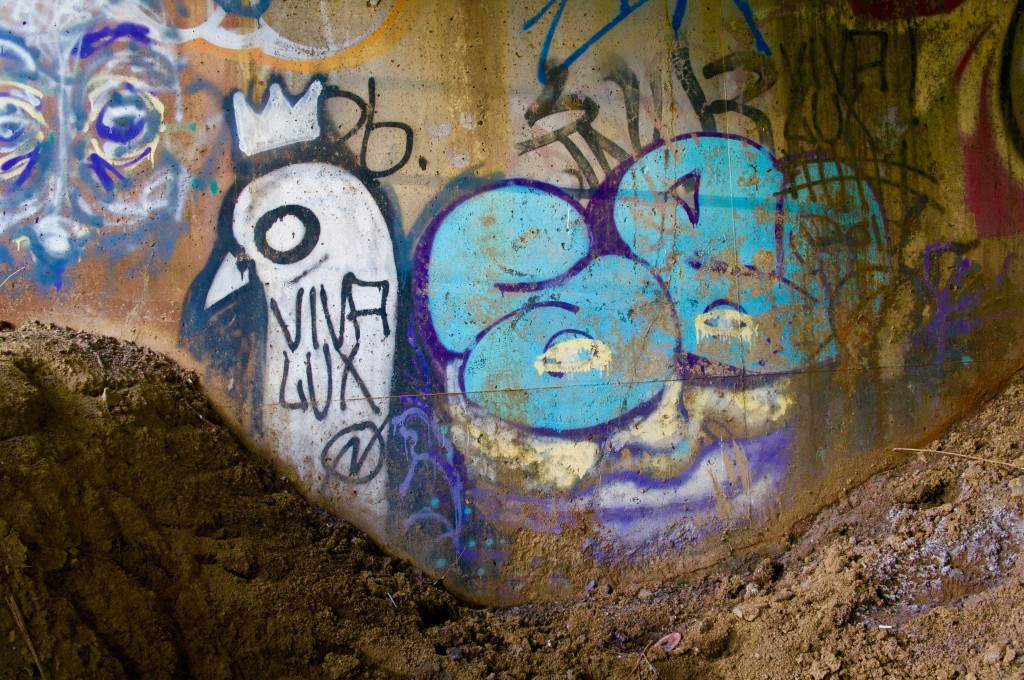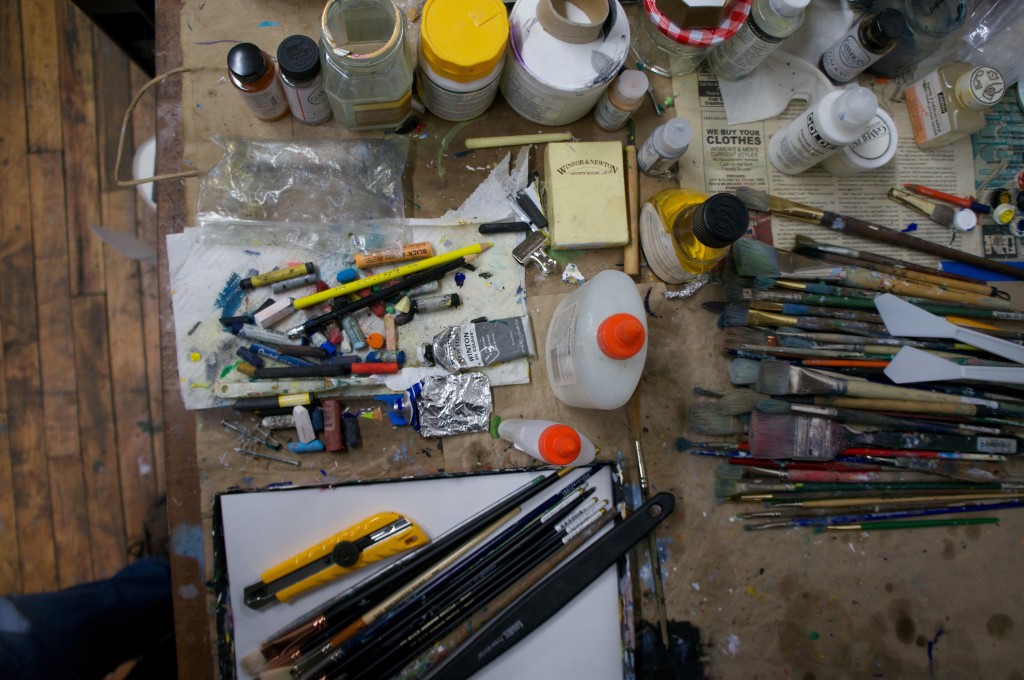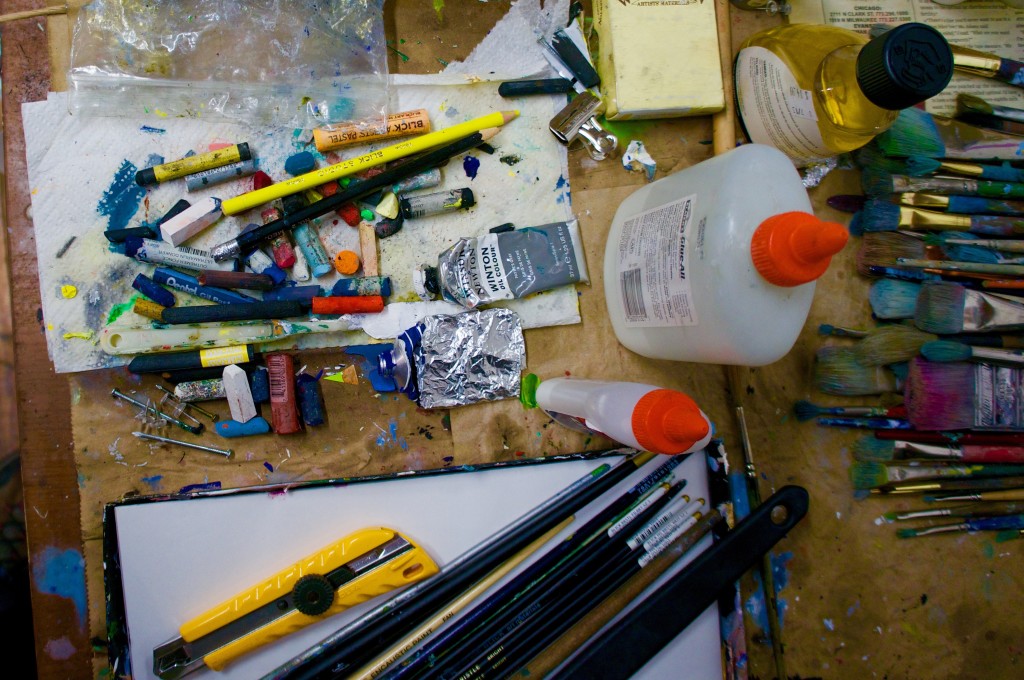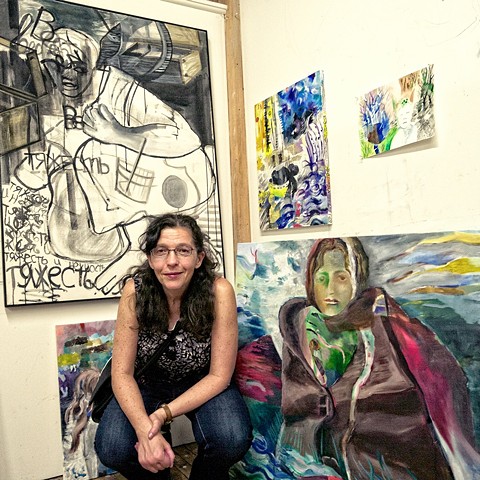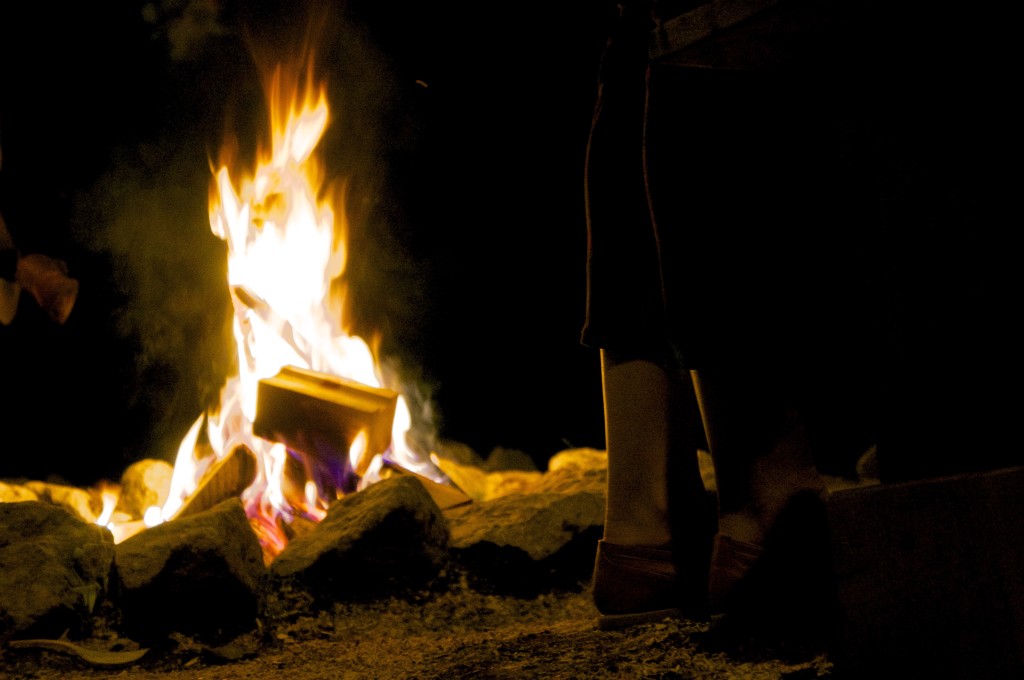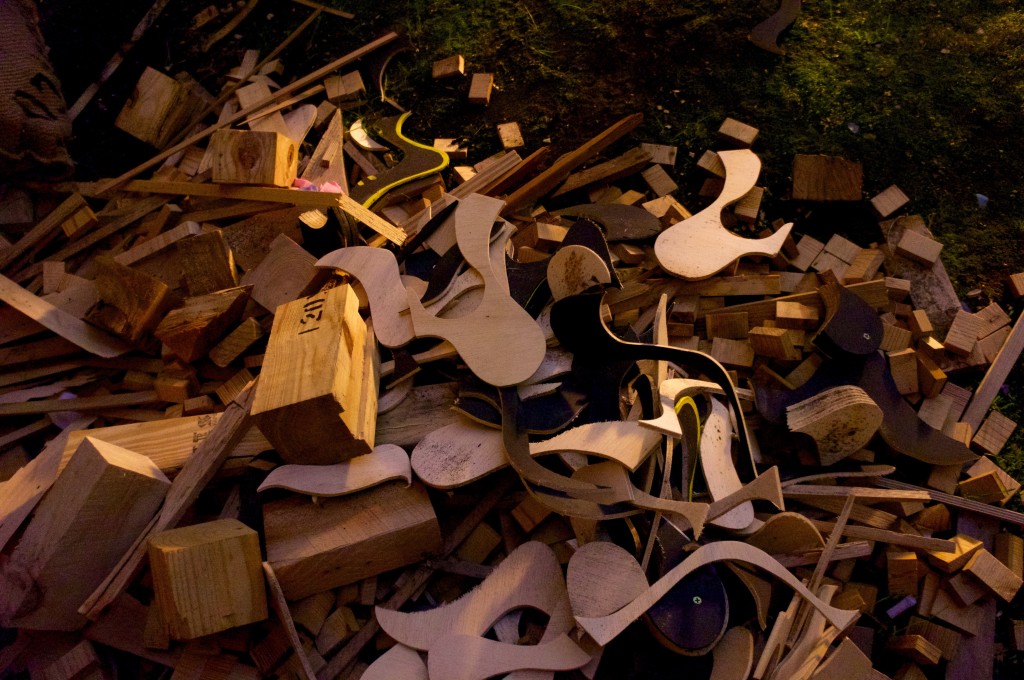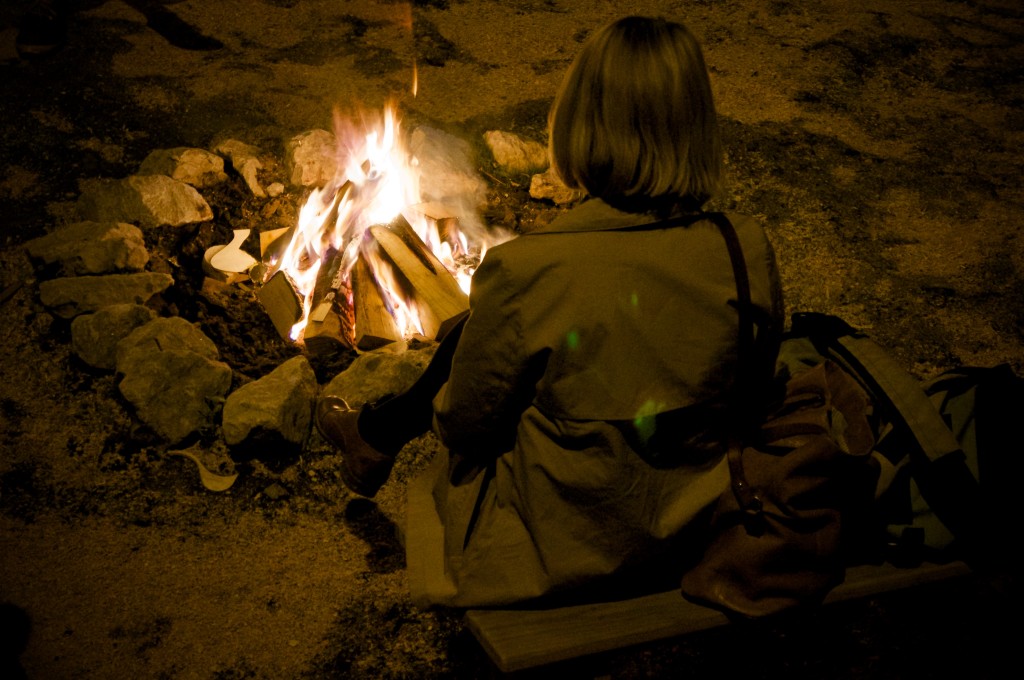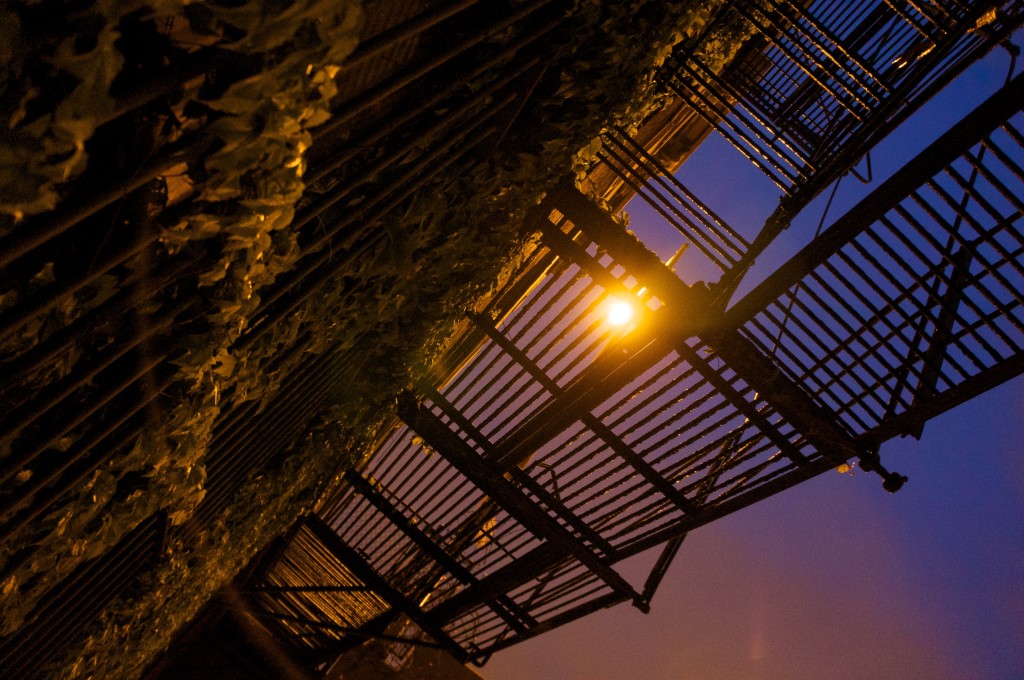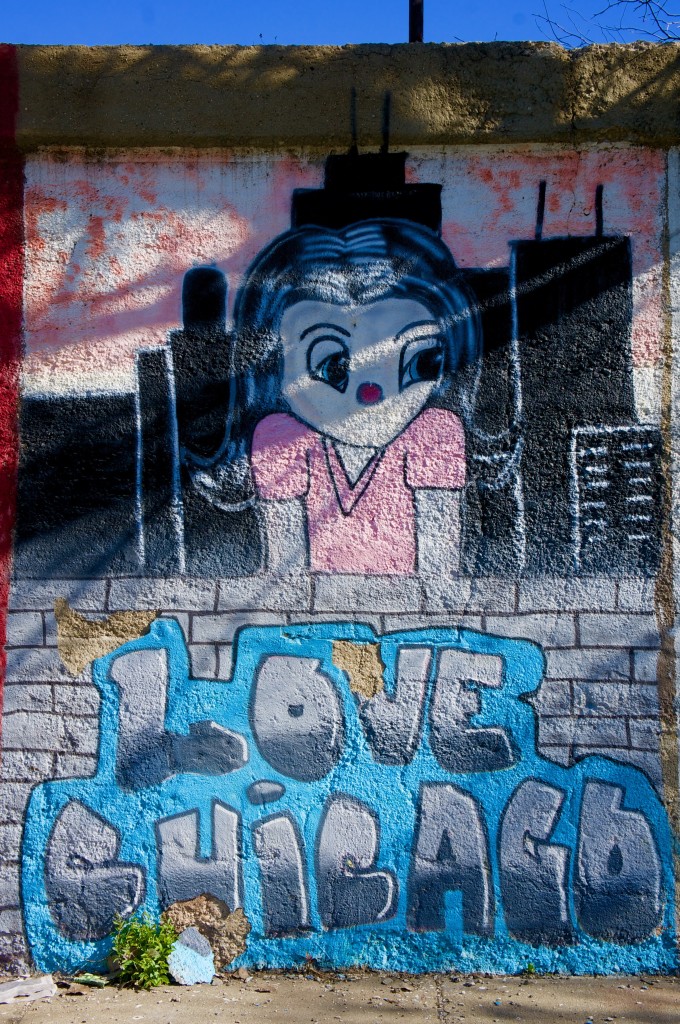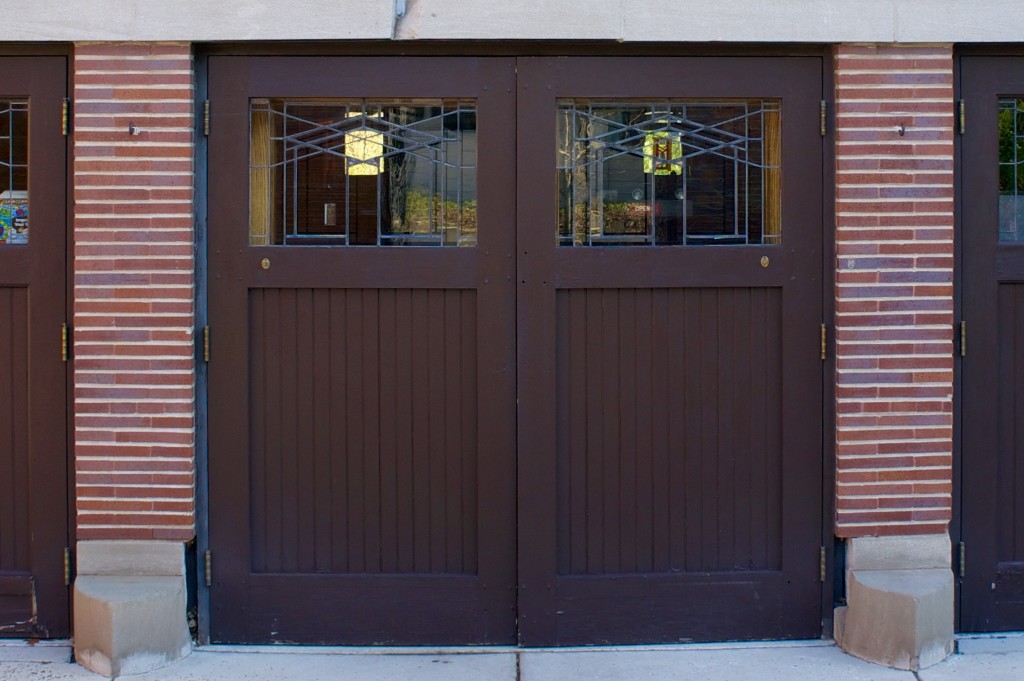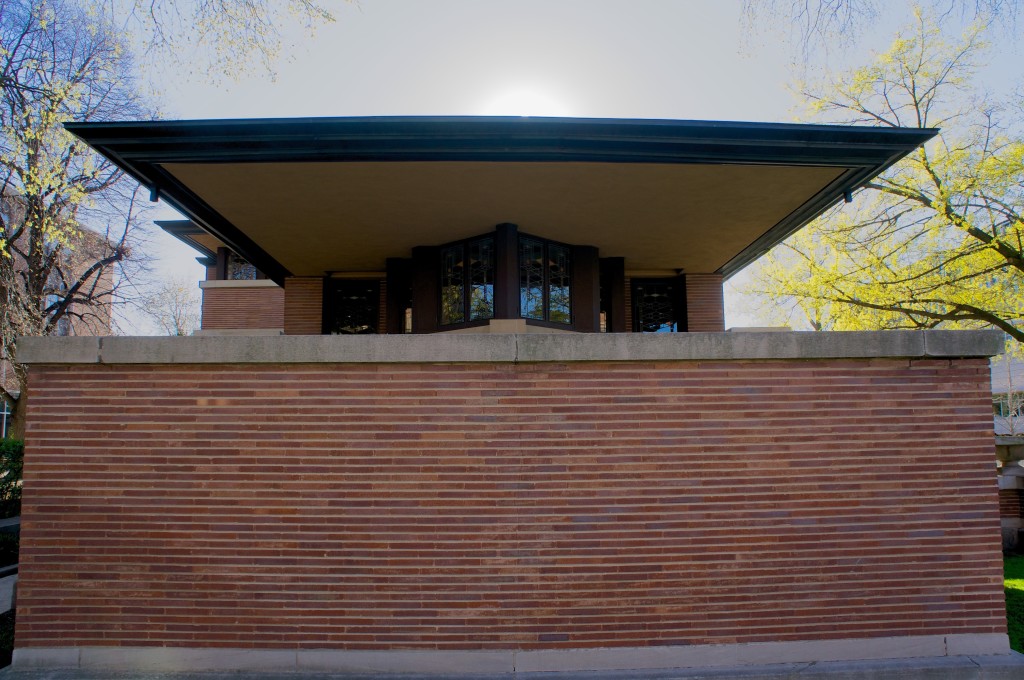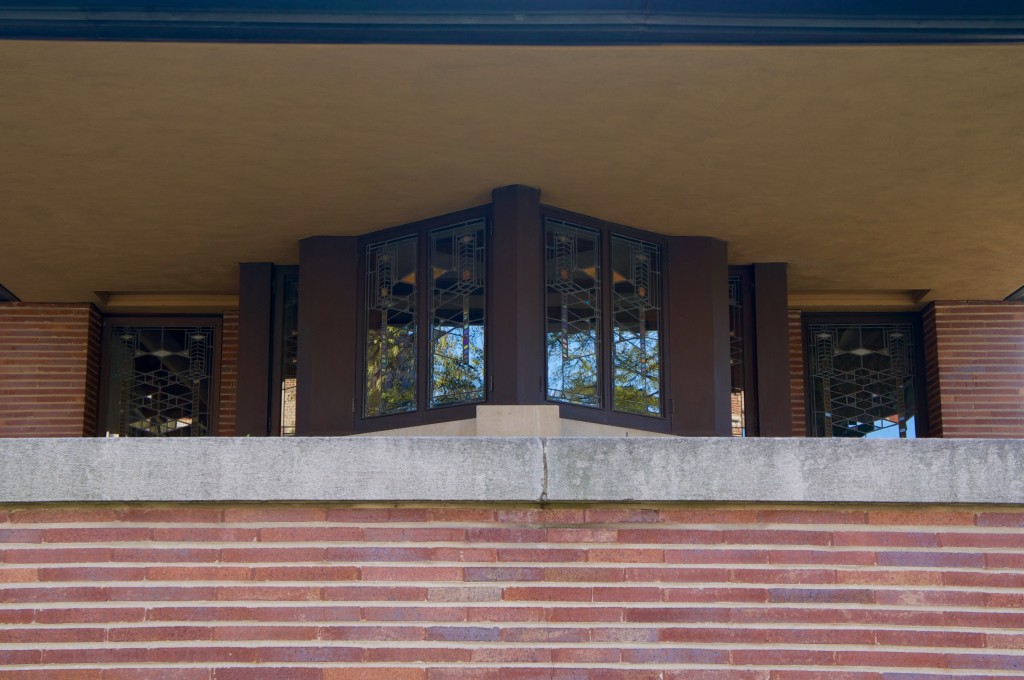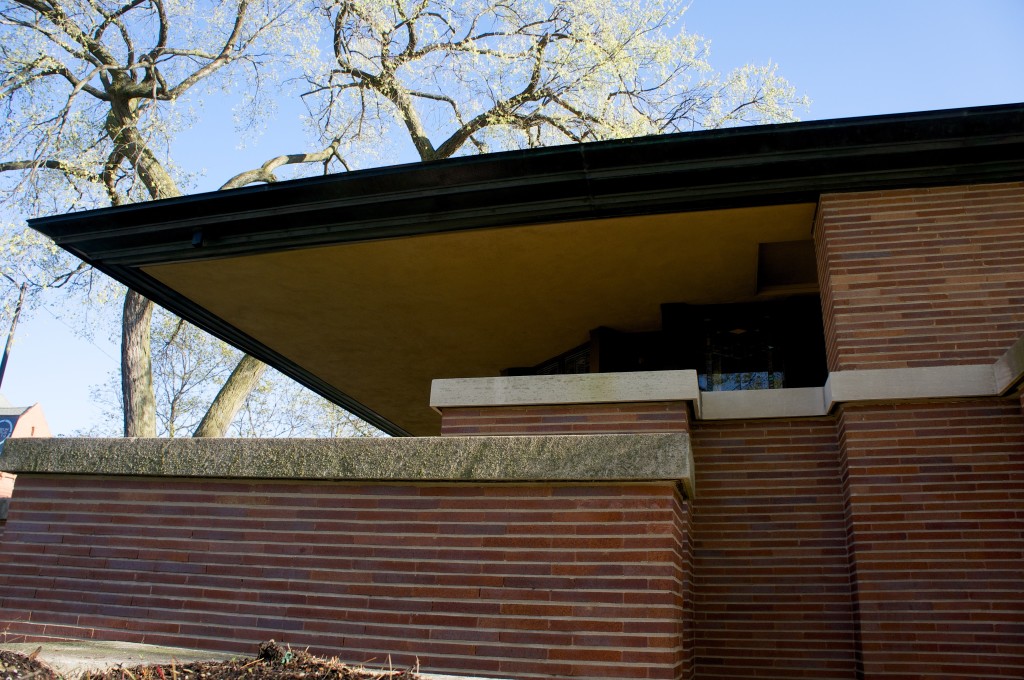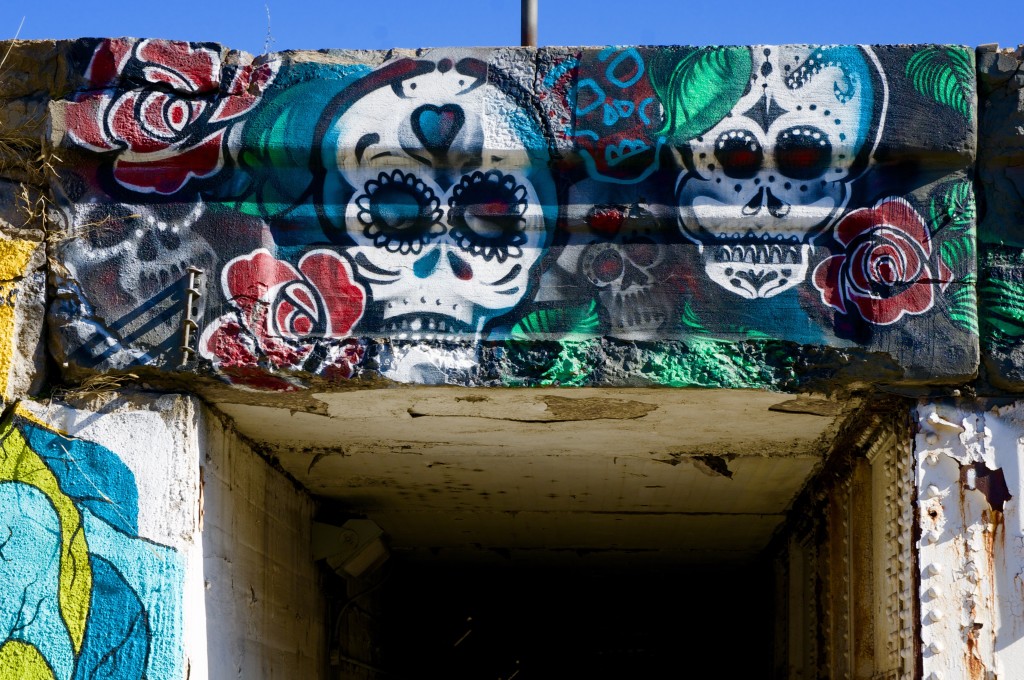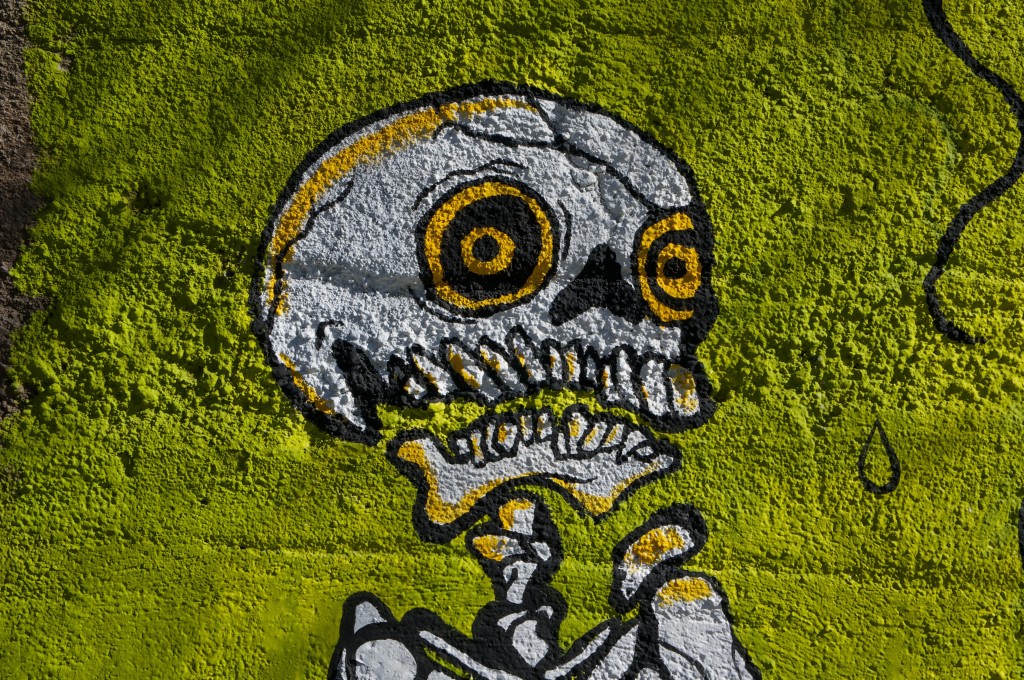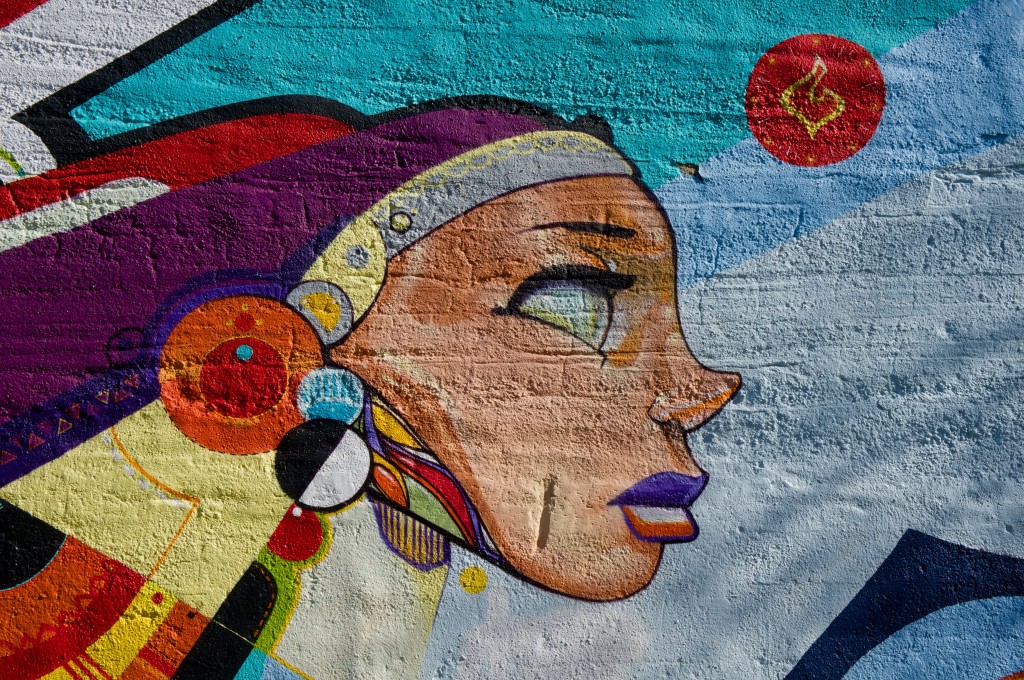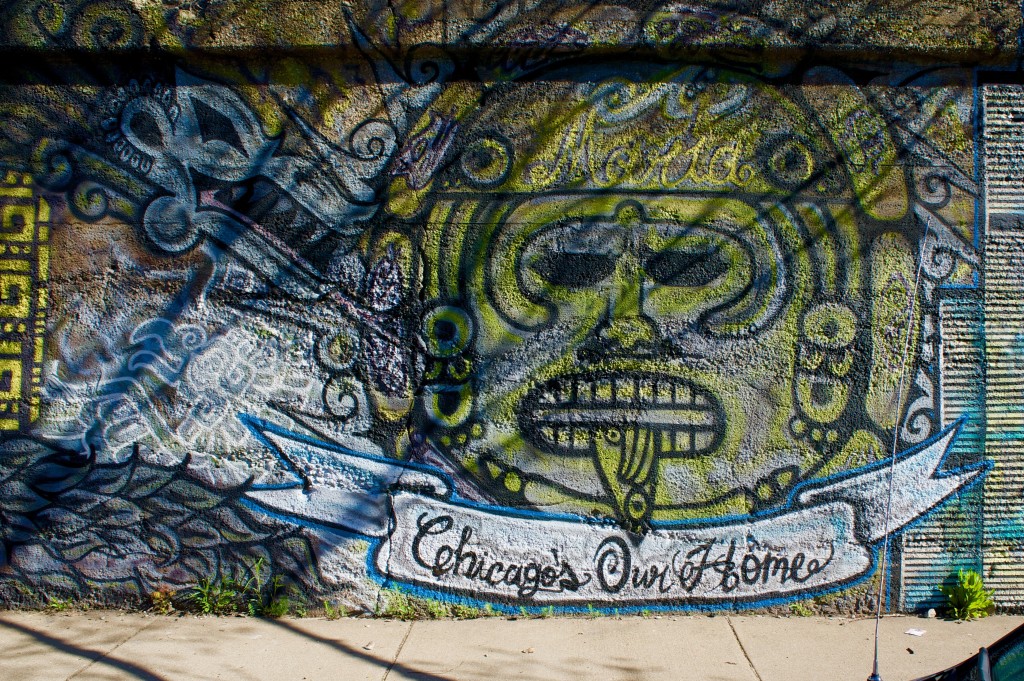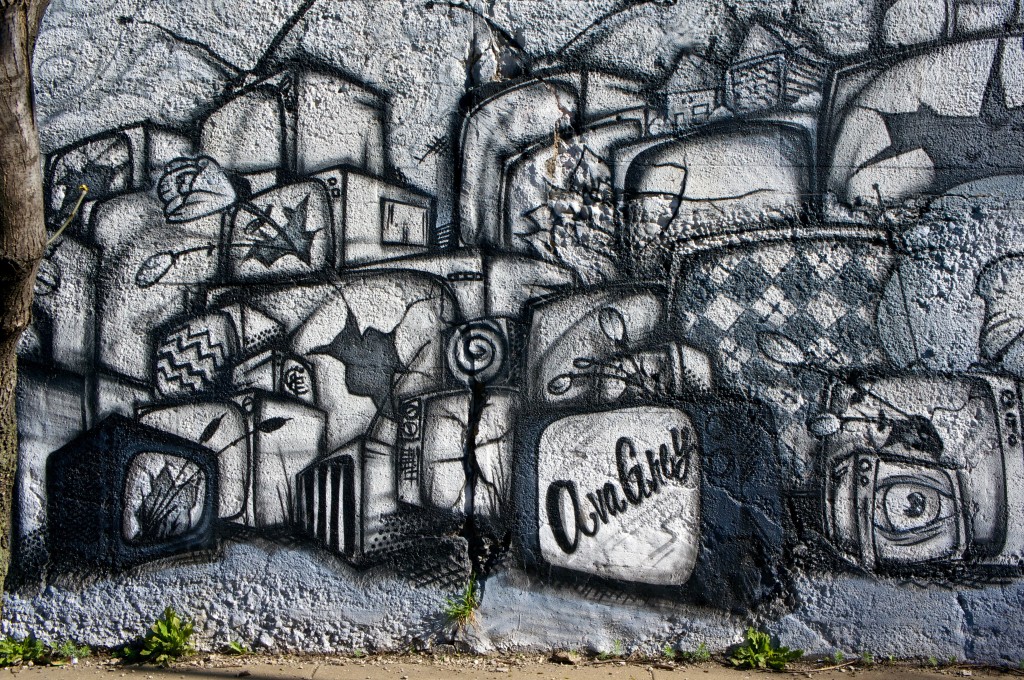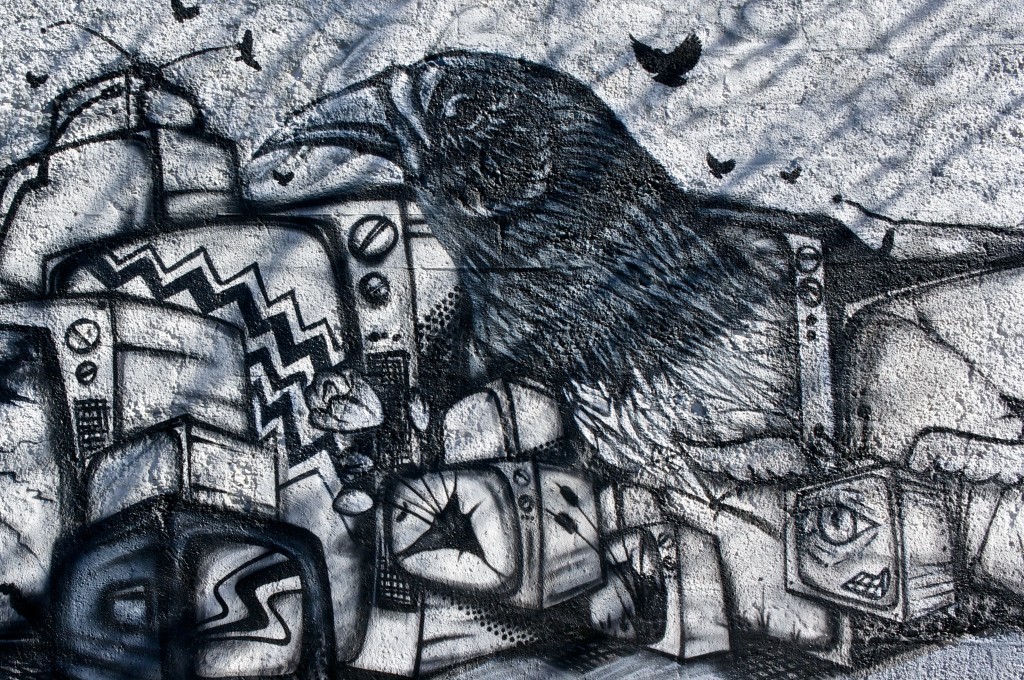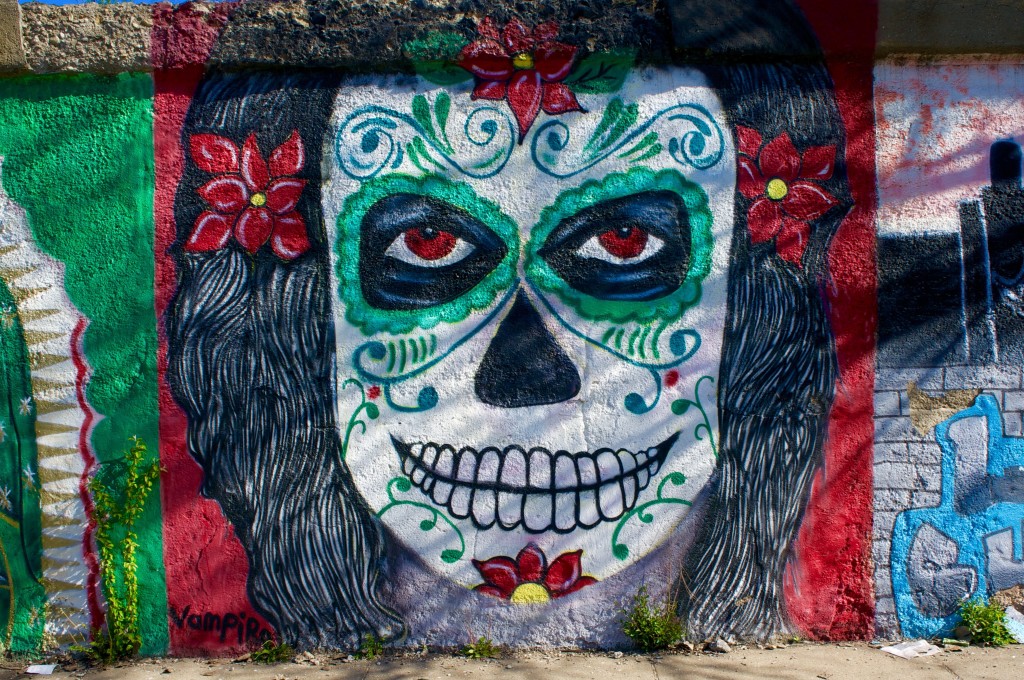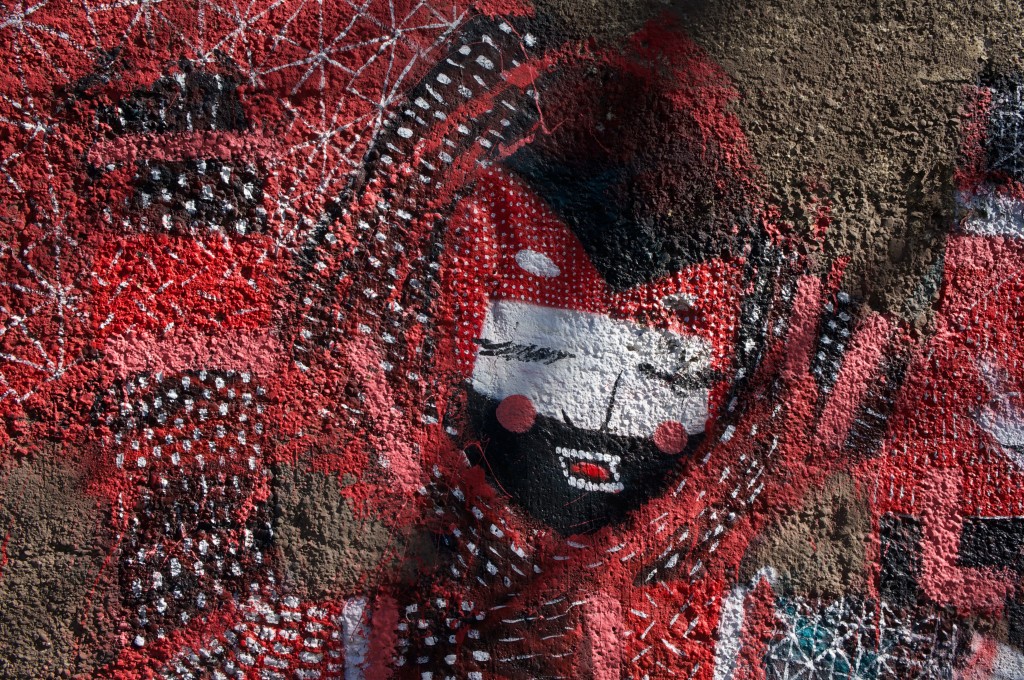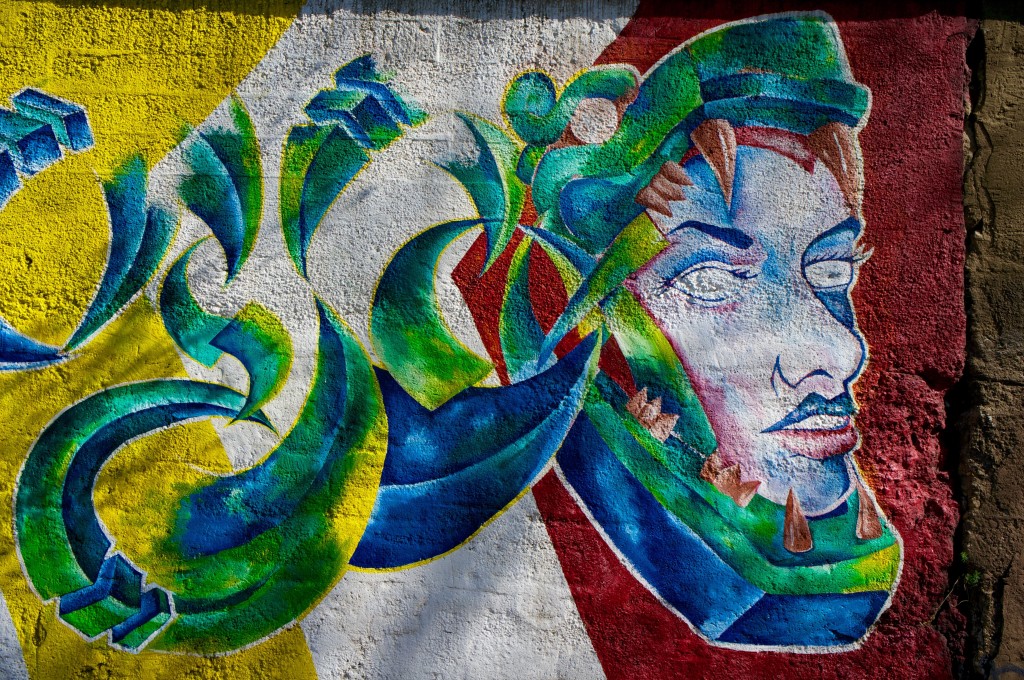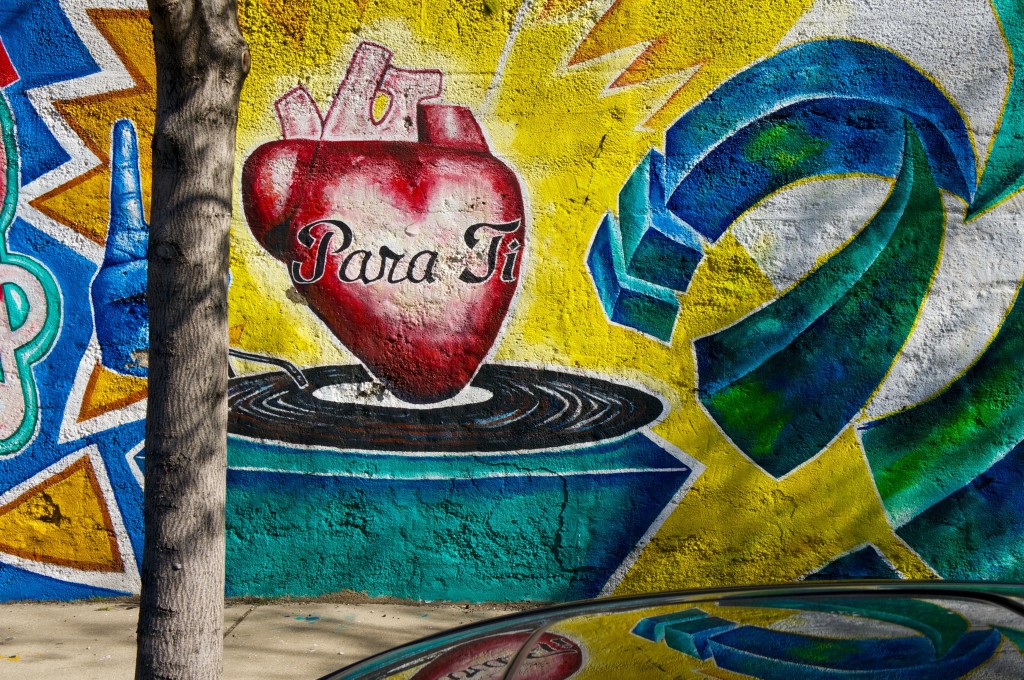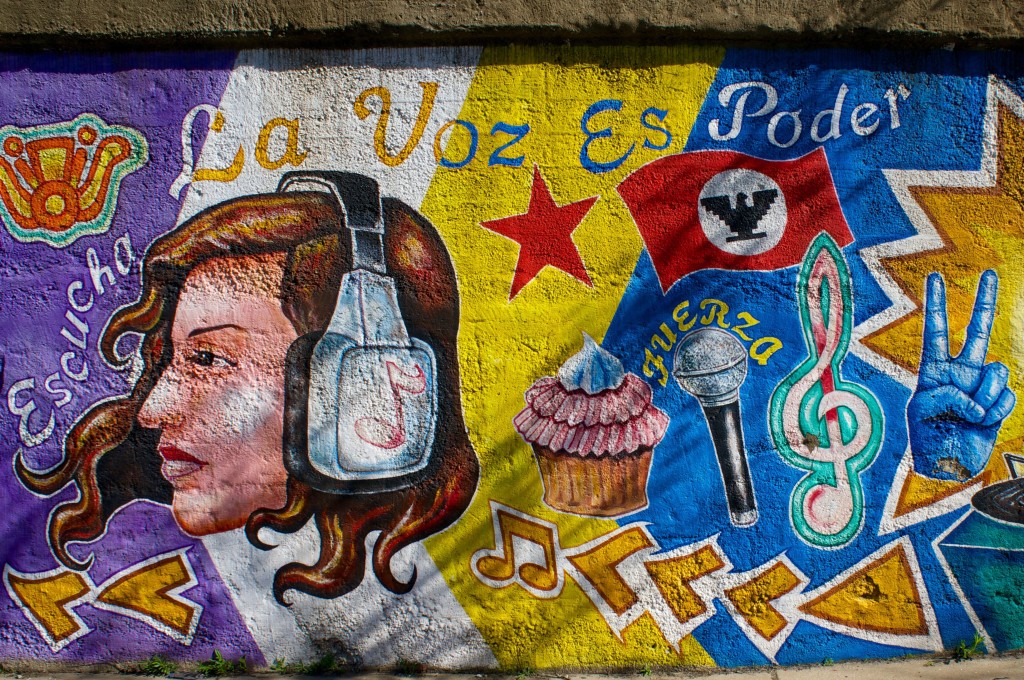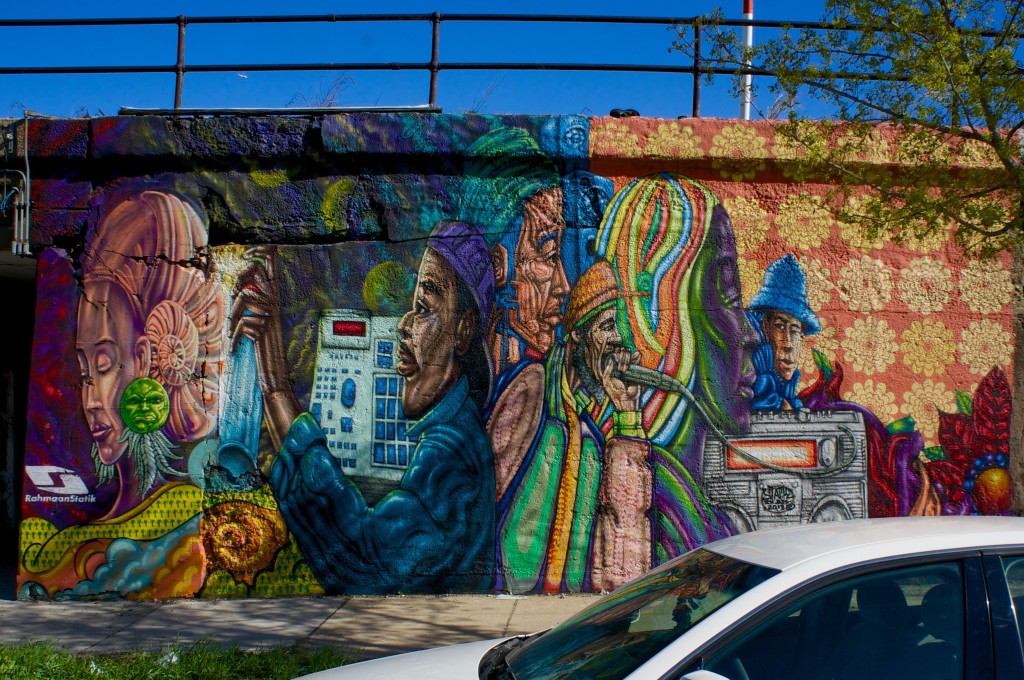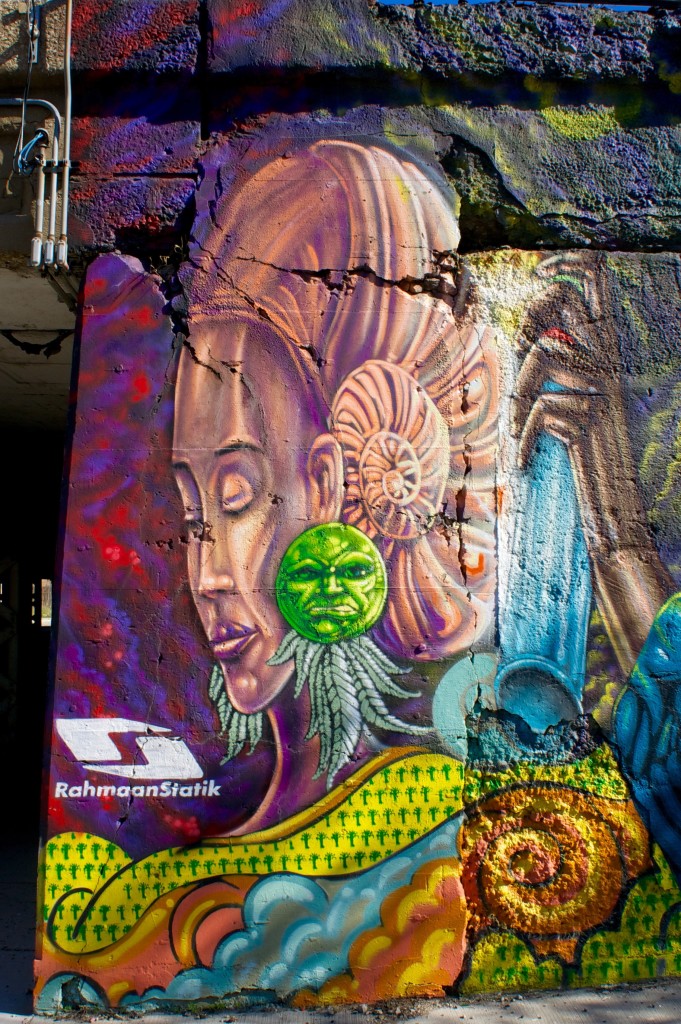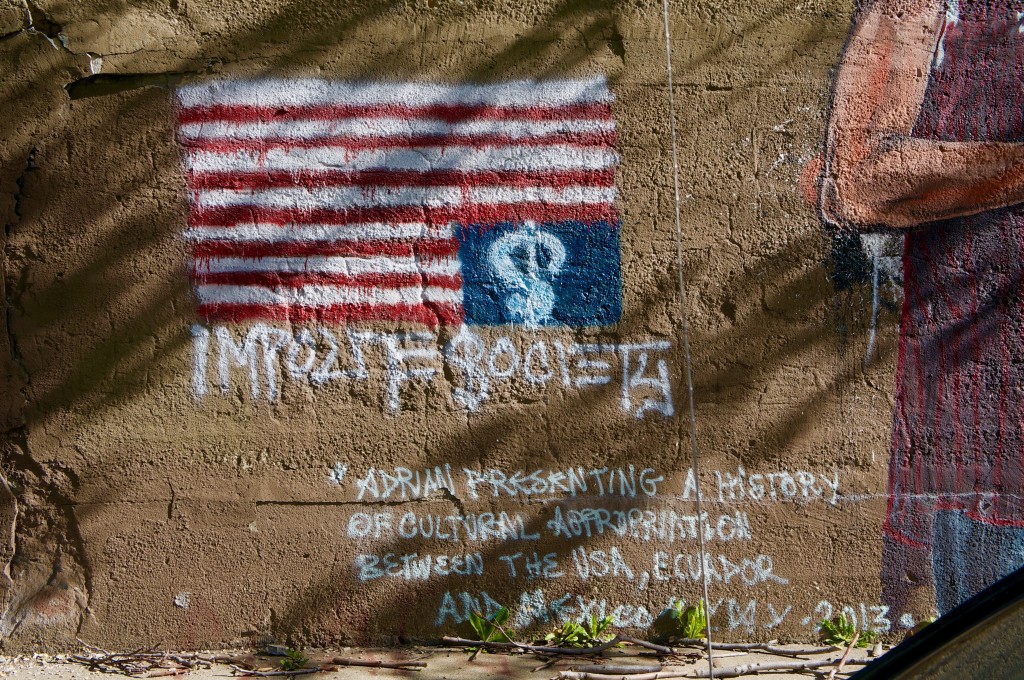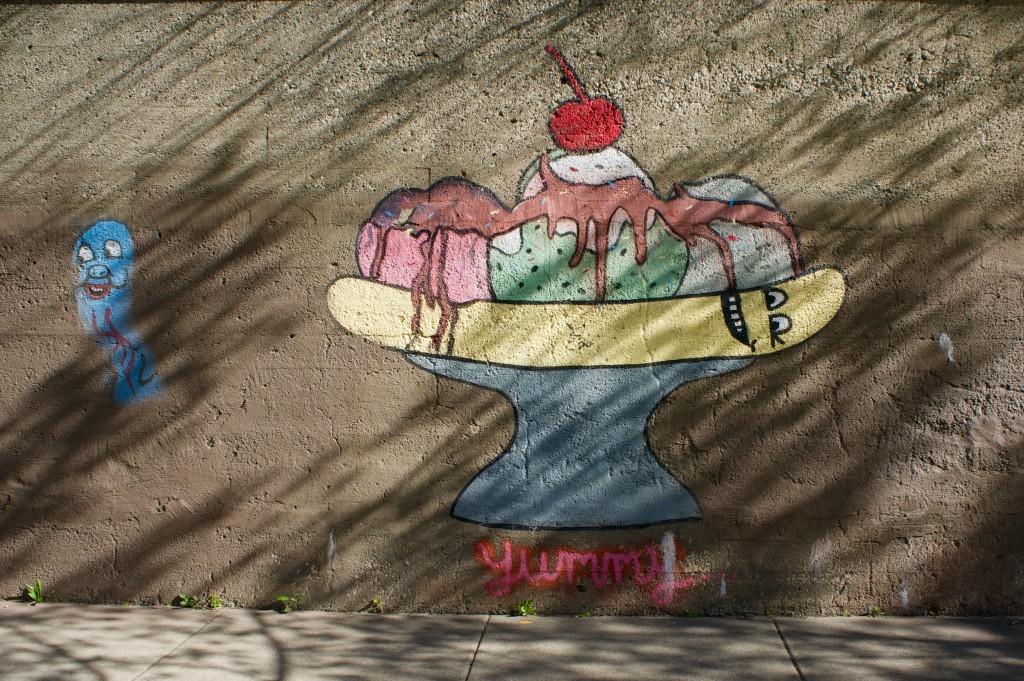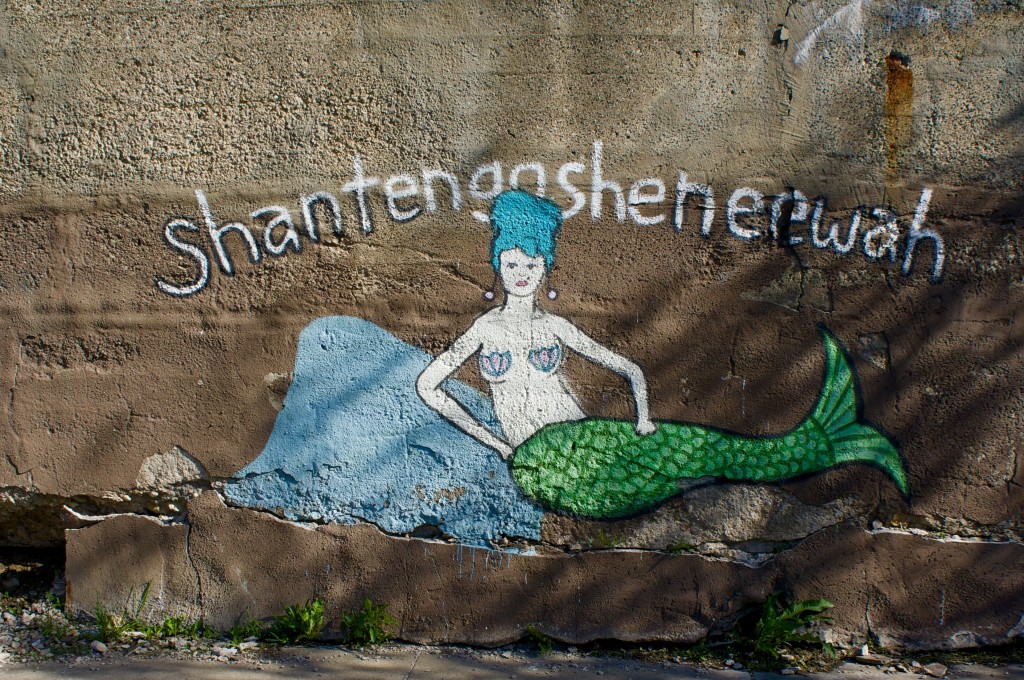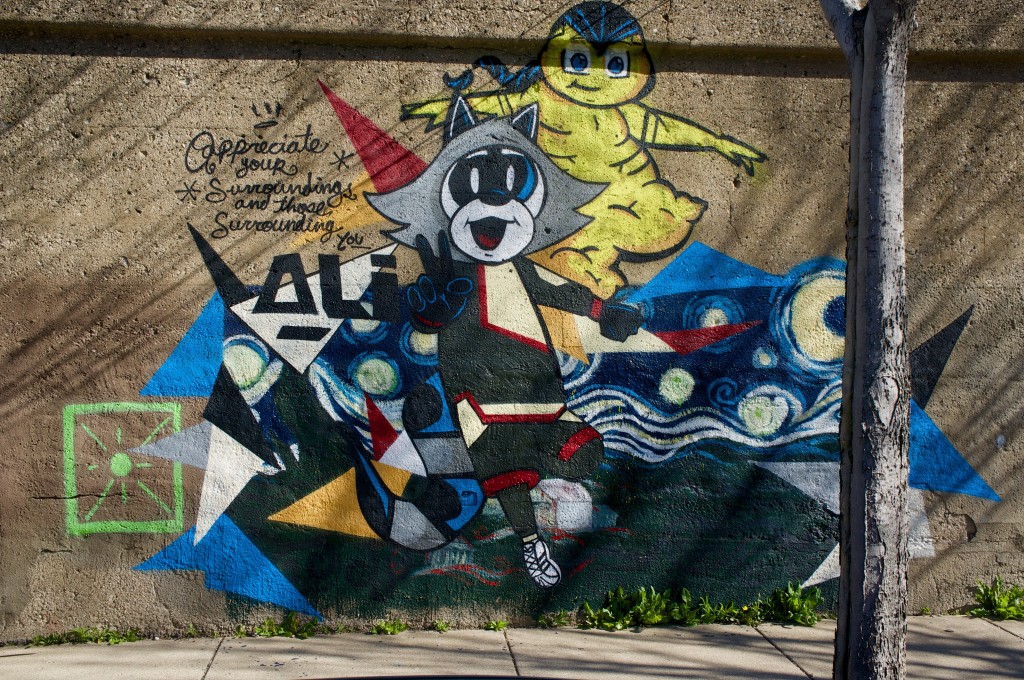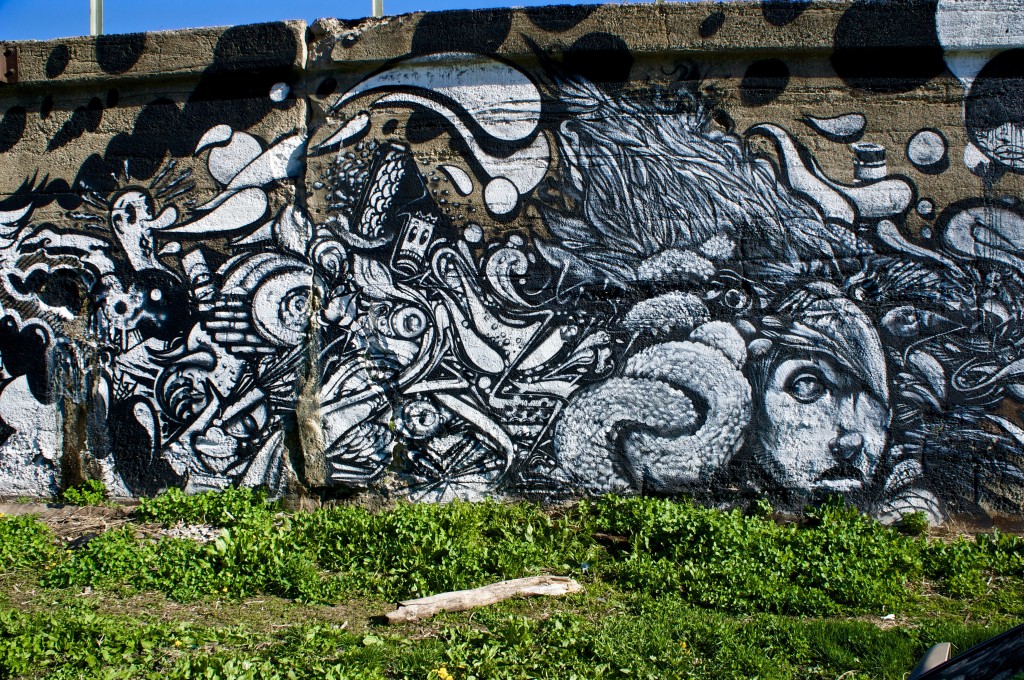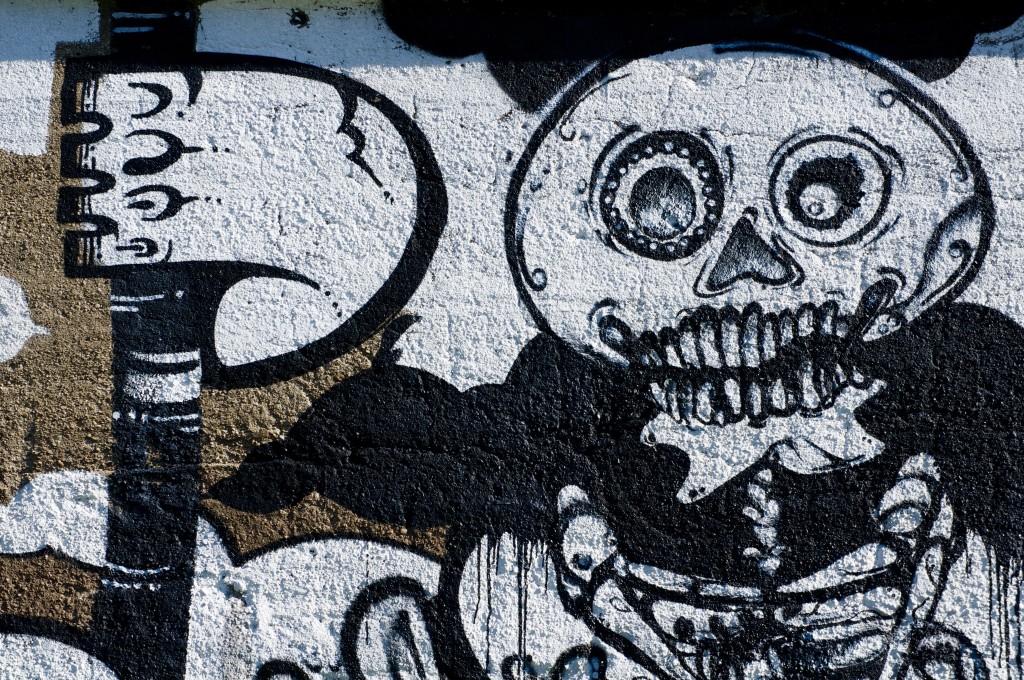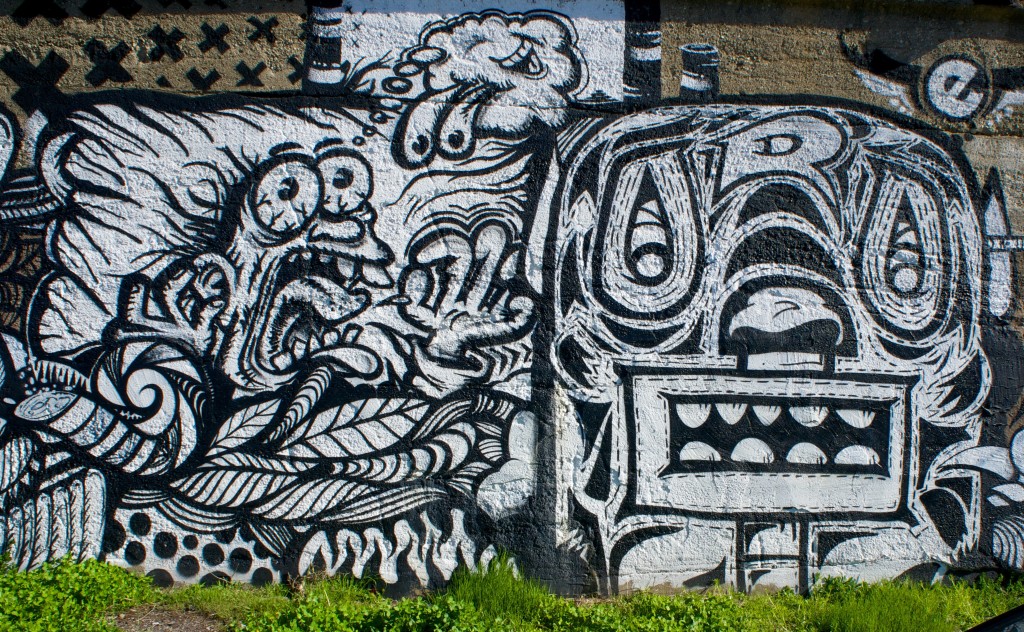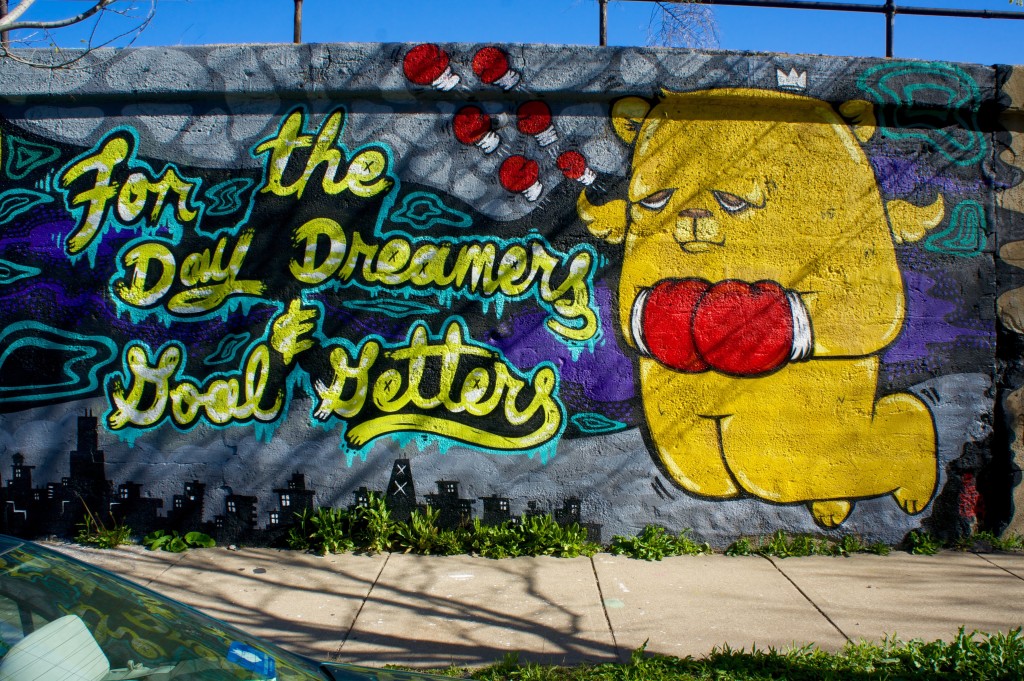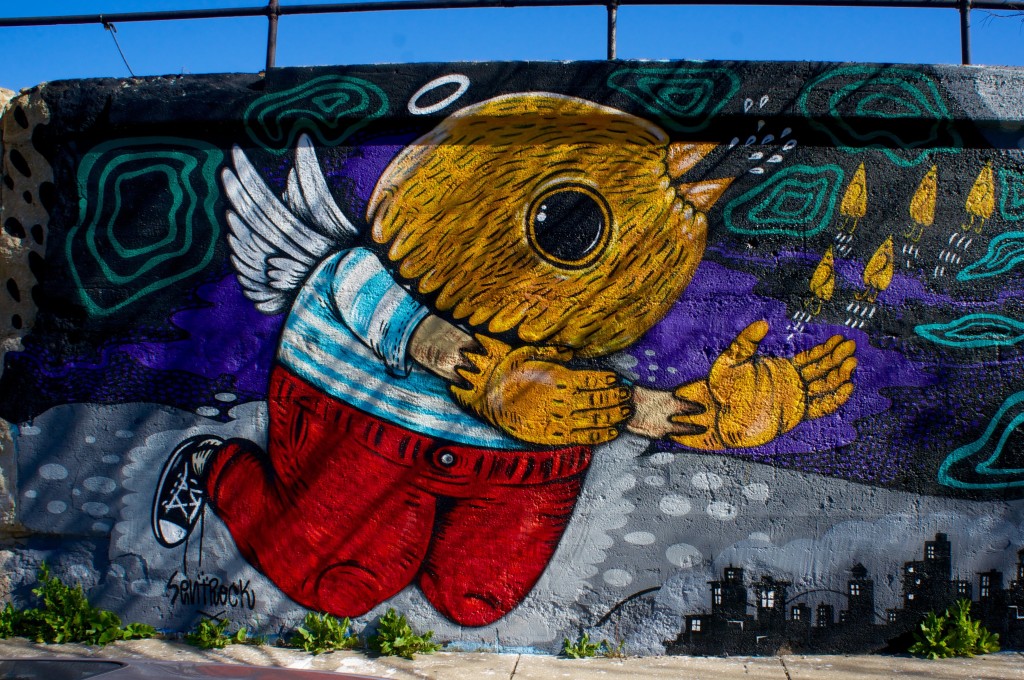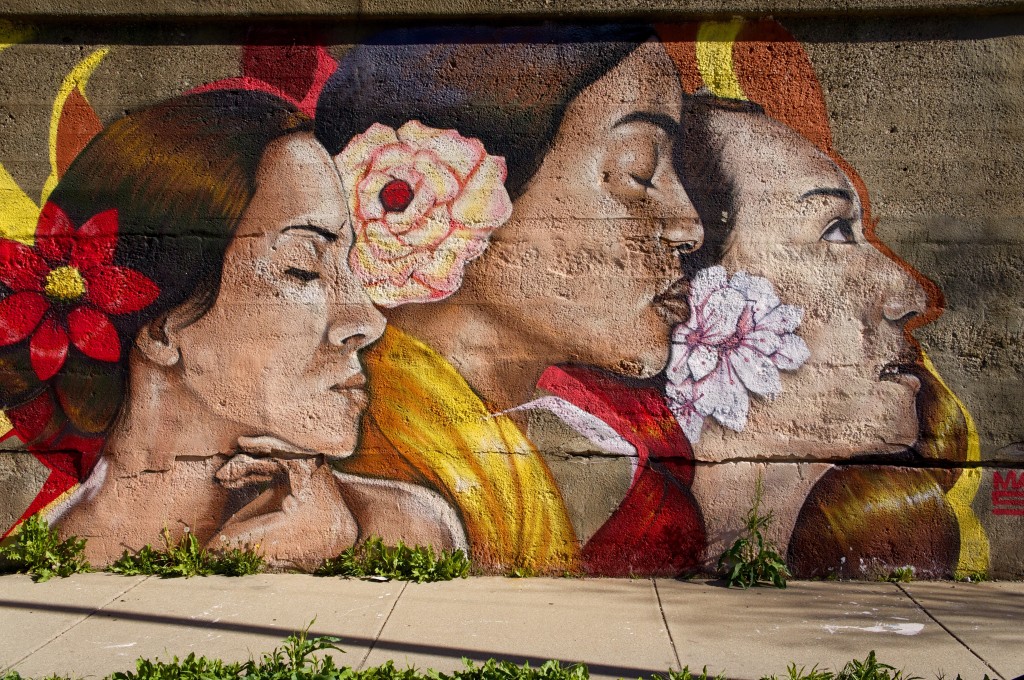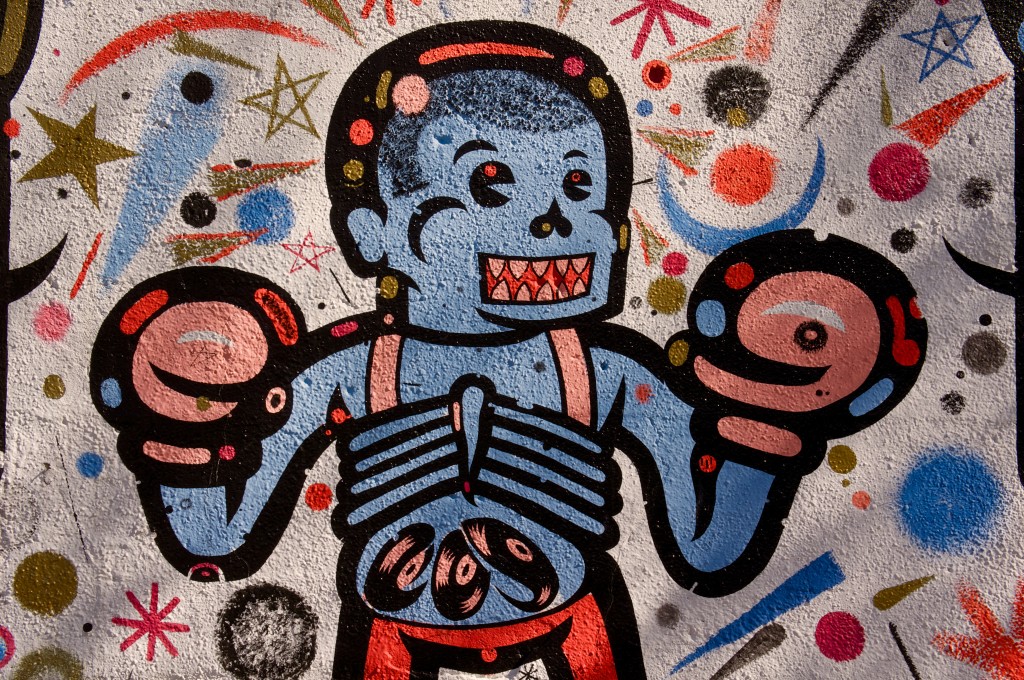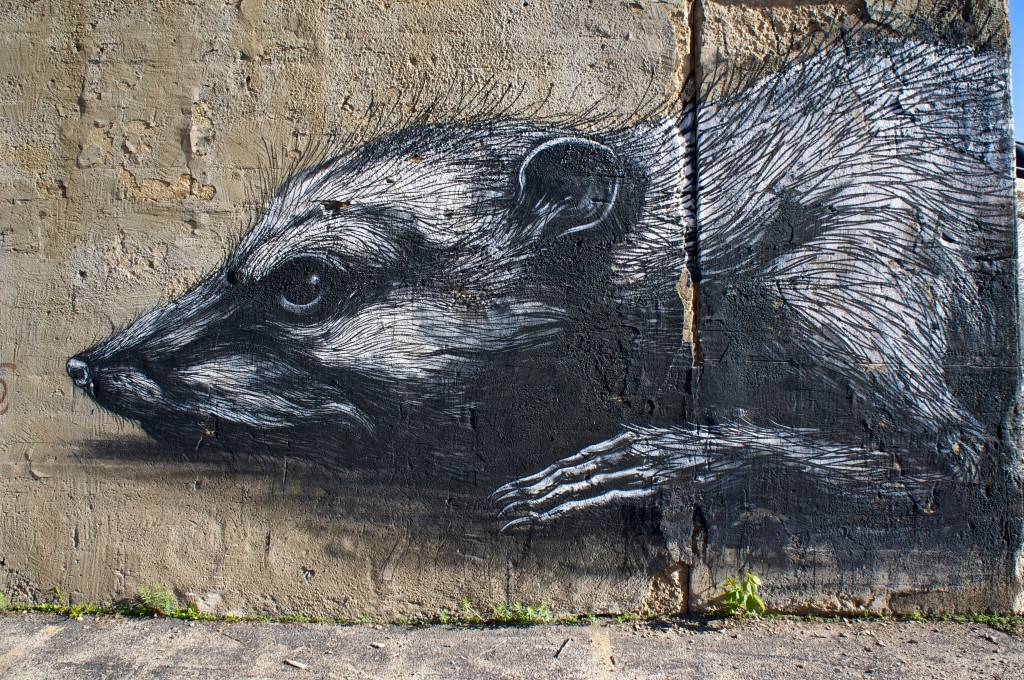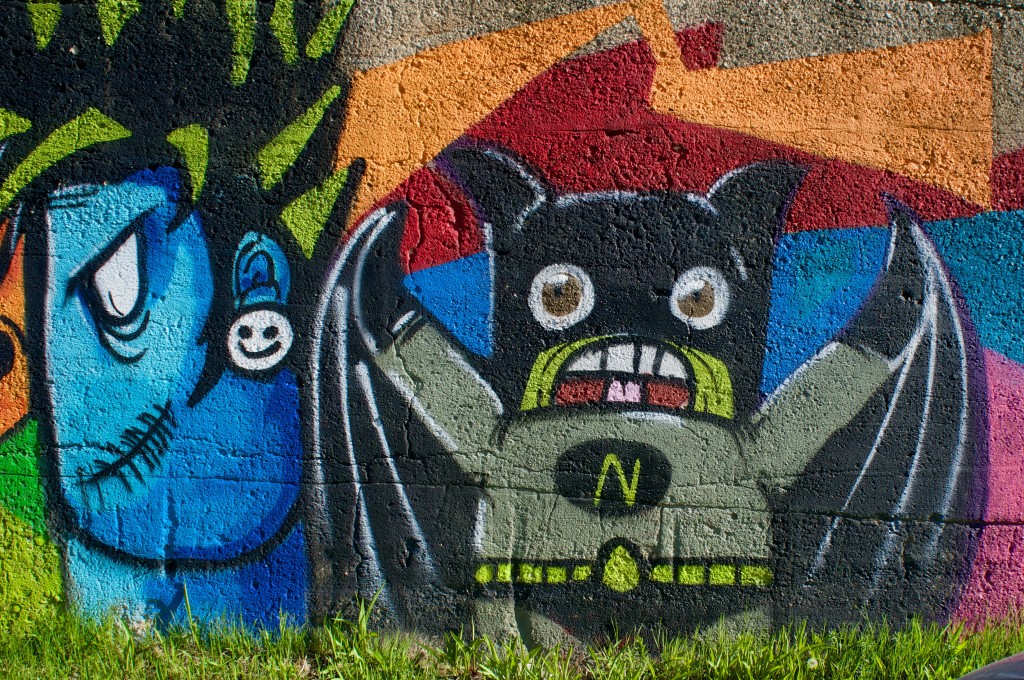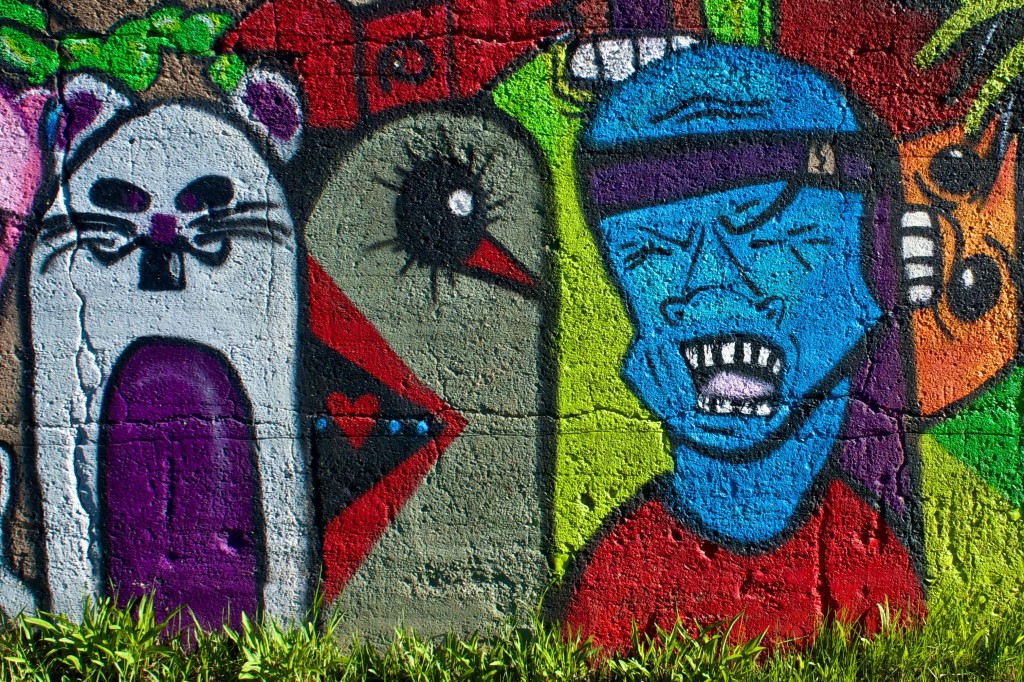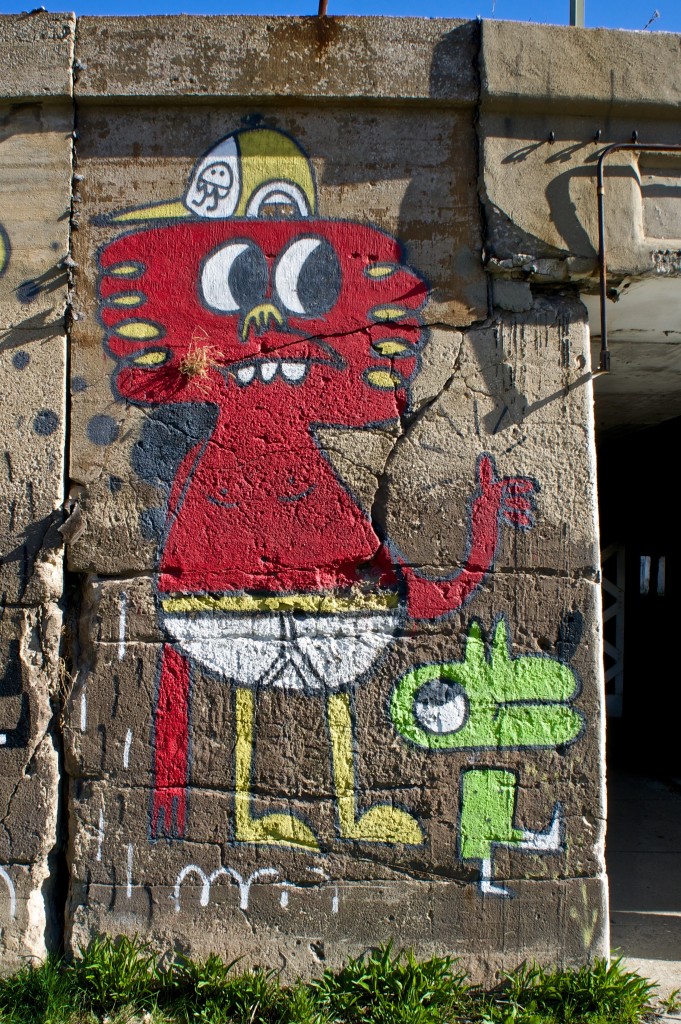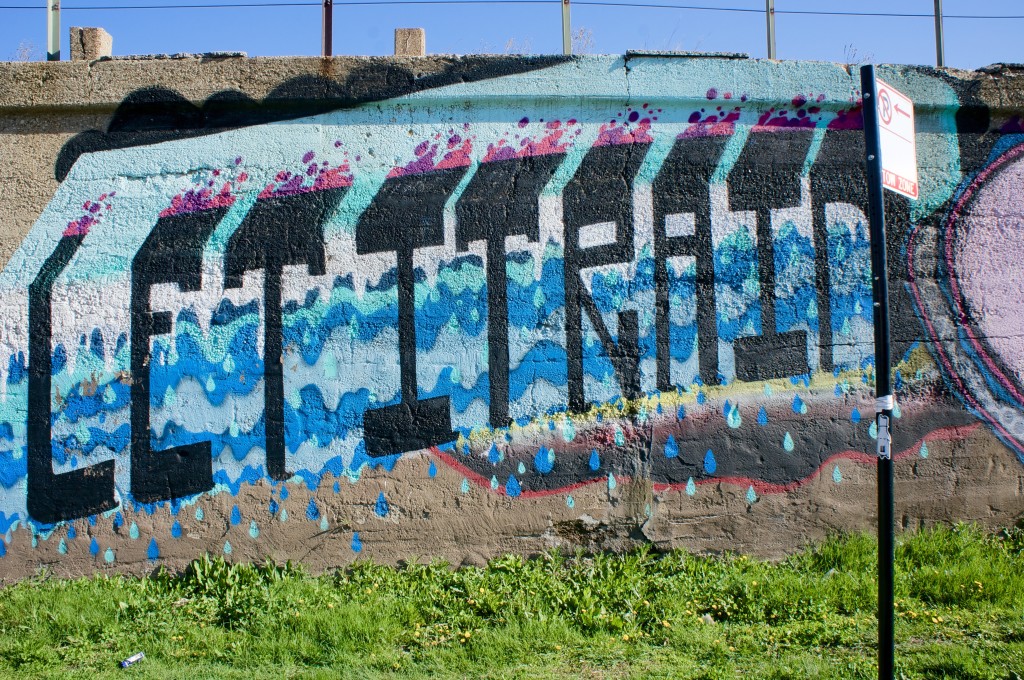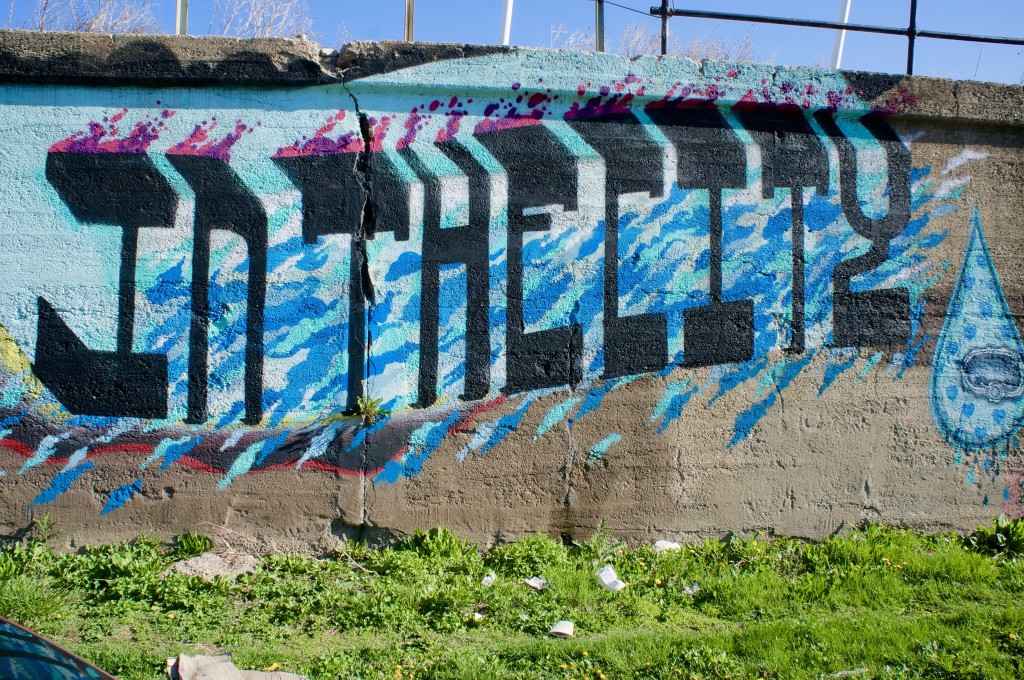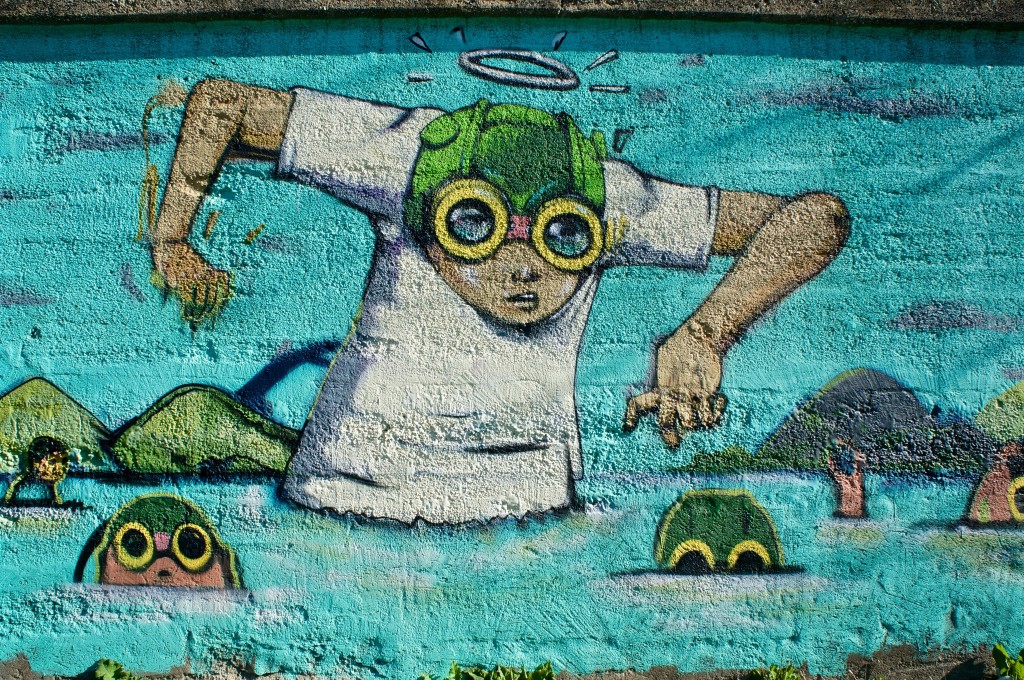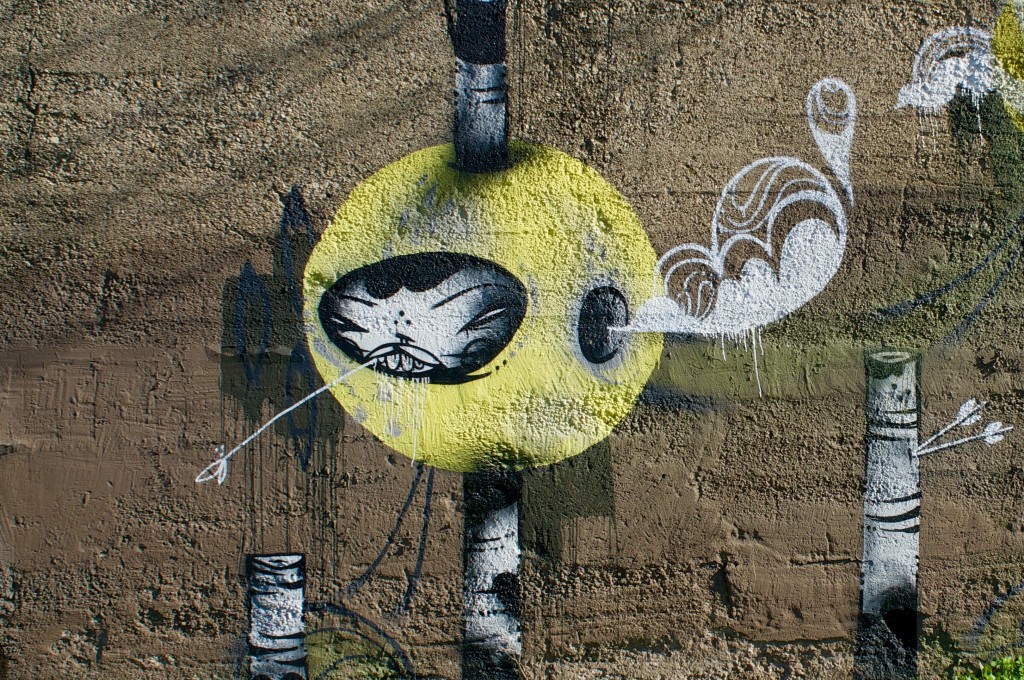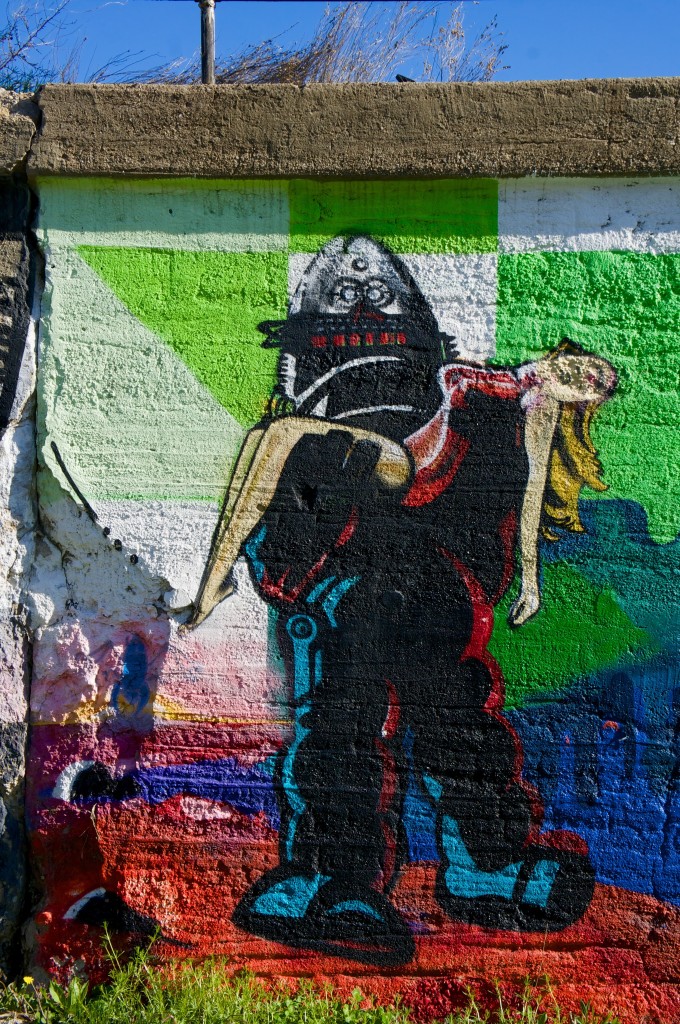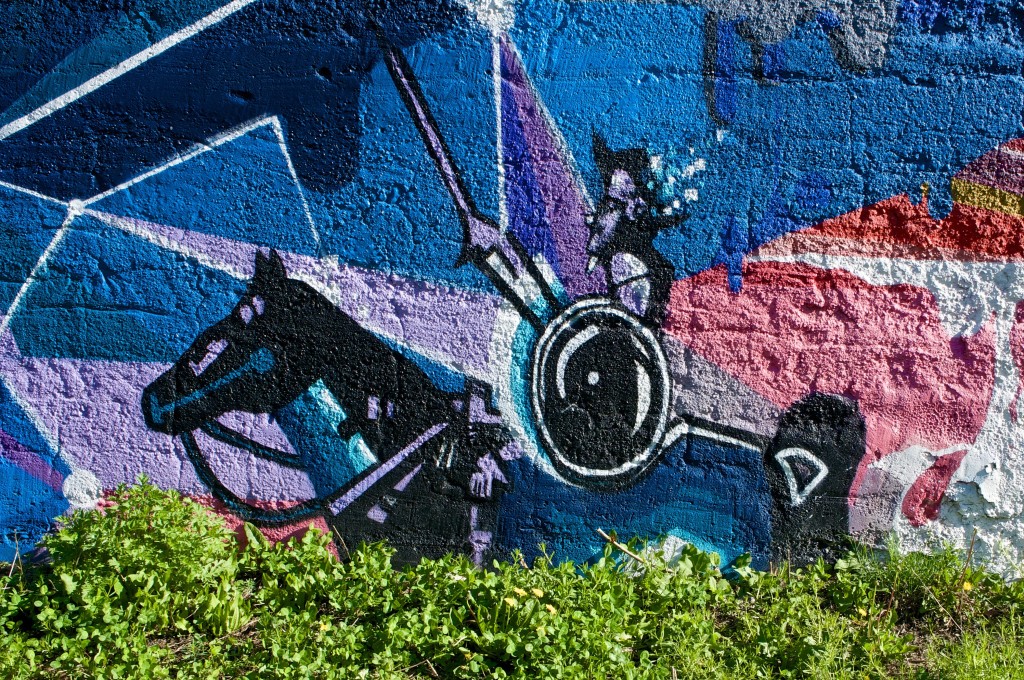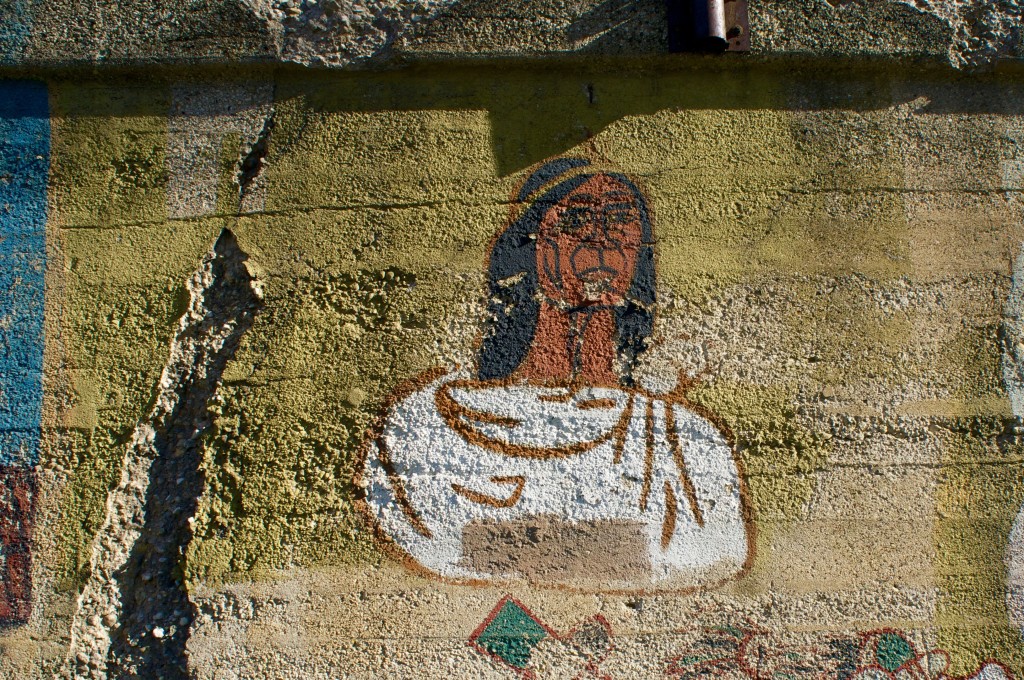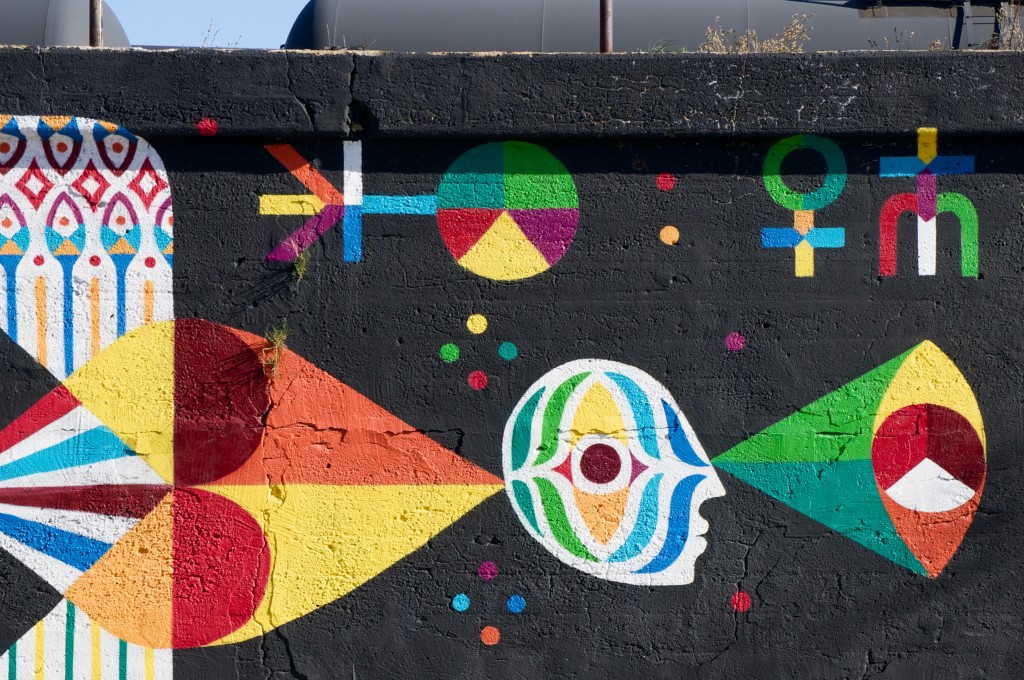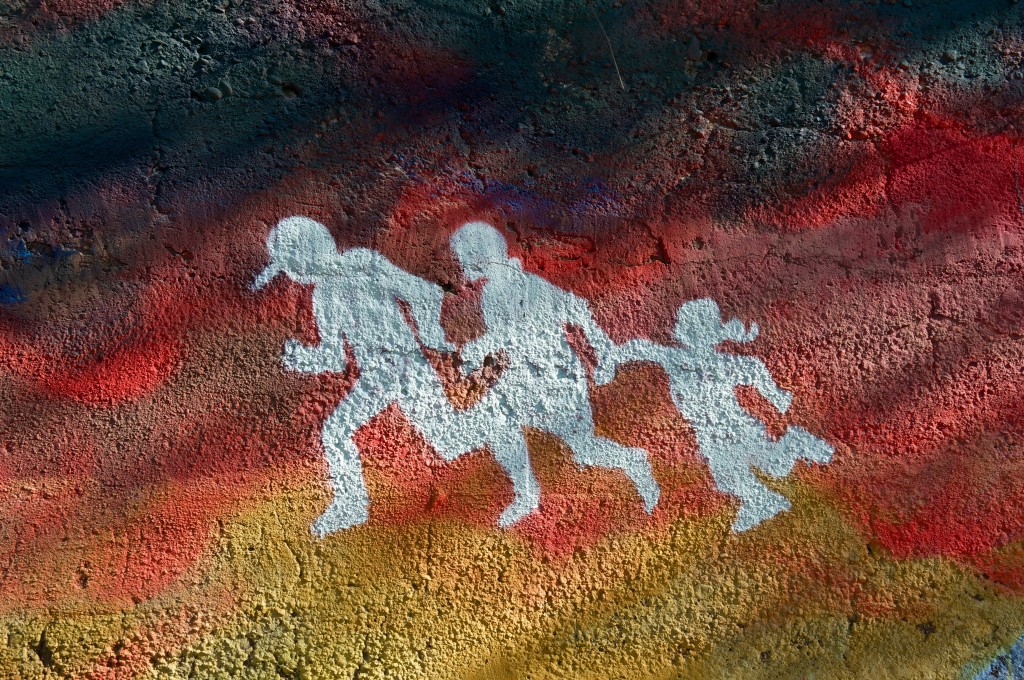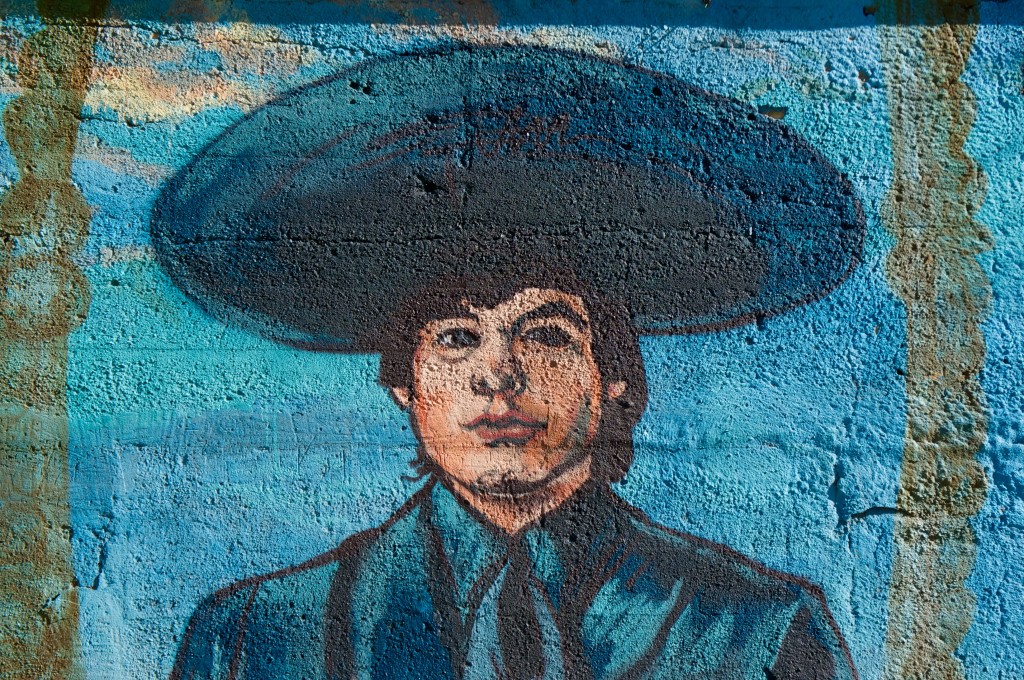These are the back stairs to the musical history of Chicago and the world.
In the 1950s, numerous blues and R&B legends walked up those stairs to this room, which back in the day was a recording studio.
Muddy Waters, Willie Dixon, Koko Taylor, Little Walter, The Moonglows, Howlin Wolf, James Cotton, Archie Bell & the Dells, Lonnie Brooks, Solomon Burke, The Four Tops, Percy Mayfield, Otis Rush, Jimmy Rogers, Buddy Guy, John Lee Hooker, Bo Diddley, Etta James, and Aretha Franklin climbed those stairs. And in that studio, they recorded the music of the Great Migration, the electrified blues that came out of Chicago in the 1950s. Then Chuck Berry came along, combined the electric blues with a country beat and and twang. In the Chess studio, he recorded “Maybellene,” one of the first and most popular rock n roll records:
Encouraged by Muddy Waters, Berry in 1955 brought to Chess Records a recording of his version of Willis’s tune[1] which he had renamed “Ida May” and a blues song he wrote “Wee Wee Hours”, which he stated was inspired by Joe Turner’s “Wee Baby Blue”. To Berry’s surprise, Leonard Chess showed little interest in the blues material but was enthusiastic about the commercial possibilities in a “hillbilly song sung by a black man”. Chess wanted a bigger beat for the song and added a bass and maracas player to the trio at the recording session. He also felt the titles “Ida Red” and “Ida May” were “too rural”. Spotting a mascara box on the floor of the studio, according to Berry’s partner Johnnie Johnson, Chess said, “Well, hell, let’s name the damn thing Maybellene” altering the spelling to avoid a suit by the cosmetic company. The lyrics were rewritten at the direction of Chess as well. “The kids wanted the big beat, cars, and young love,” Chess recalled. “It was the trend and we jumped on it.”
Ten years later, the rock musicians of the British Invasion came to Chicago to record at Chess, in an attempt to get the sound they had heard on American blues records. The Yardbirds, Eric Clapton, and the Rolling Stones, among others, recorded there. The title of the Rolling Stones’ jam, “2120 South Michigan Avenue,” was a reference to the Chess Records address.
Though the building is now primarily a museum, the Stones still show up, as recently as 2014, to get the Chess sound. Some of the components of that sound, apart from the configuration of the studio room itself, were these two pipes, which rise a few inches from the floor by the back wall of the control room.
Originally, the music being performed in the studio was picked up by a mic hanging high on the wall at the far end of the studio. It was tweaked in the control room and played through studio monitors. The sound then travelled down those pipes to the mics connected to the tape recorders, which were housed in a room under the control room. This gives Chess records their echo-y, live sound, the sonic texture you’d experience at a blues club.
Today, 2120 South Michigan Avenue is home to Willie Dixon‘s Blues Heaven Foundation and serves as a museum, concert venue, and school for young musicians. Some of the old recording equipment is still on site and provides an object lesson in how far recording technology has come in a half century.
I was privileged to get a private tour of the facility from Willie Dixon’s grandson, Keith Dixon Nelson.
Keith graciously allowed me to play his grandfather’s bass — quite a thrill for me.
The land adjacent to the studio is now a small park, with a stage for outdoor concerts.
The site has also been acknowledged by the Chicago Landmark Commission.
I went through a major blues phase in my twenties. I lived briefly in Little Rock, Arkansas and listened to a radio station there that played gospel by day and blues by night. I would sit up late listening, electrified by what I heard. Later that summer, I took a bus to Greenville, Mississippi to the Delta Blues Festival. The smell of the Mississippi mud baked hard by the sun mingled with the sounds of electric guitars and wailing harmonicas coming from the stage. I had an experience of synesthesia, where the music and the unique smell intertwined inside me. It was one of the most memorable concerts I’ve ever been to. Many of the musicians who performed there had come to Chicago and Chess Records decades before. Now they were returning to their roots. Now years later, after seeing the Chess studio, I felt like I had seen where those roots produced the blossoms that became the electric blues and rock n roll.
